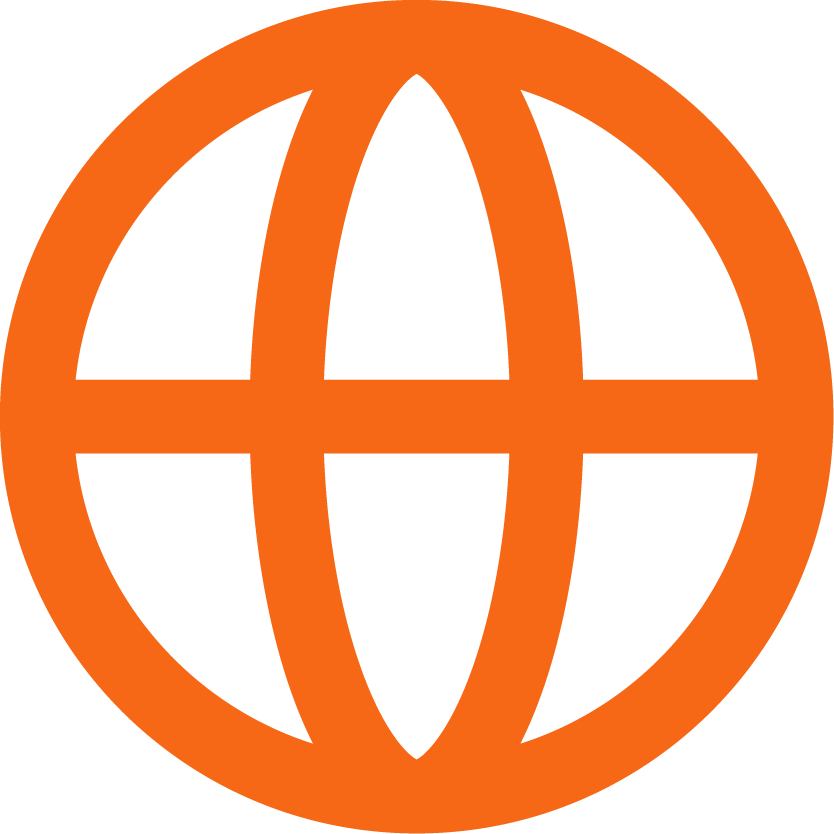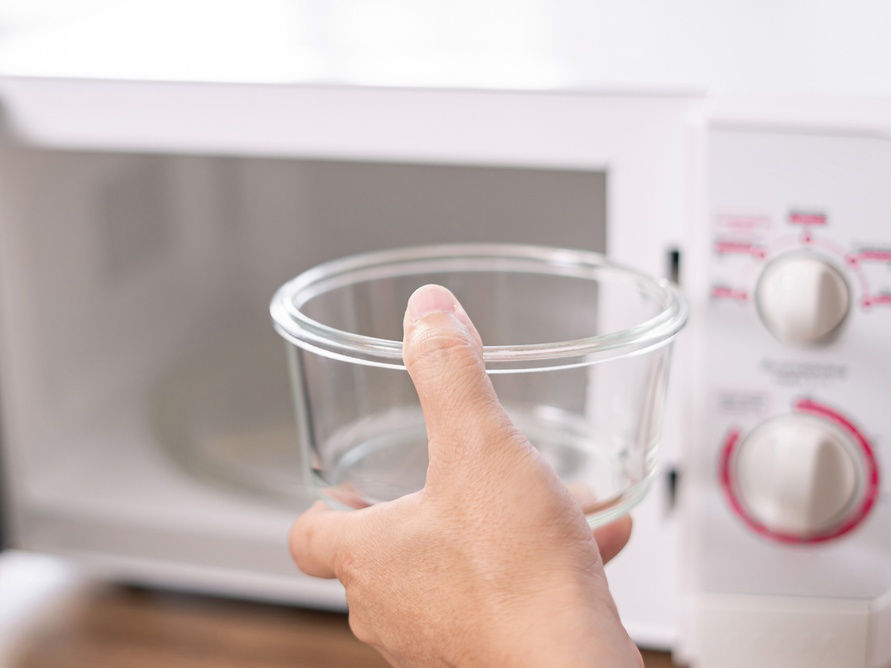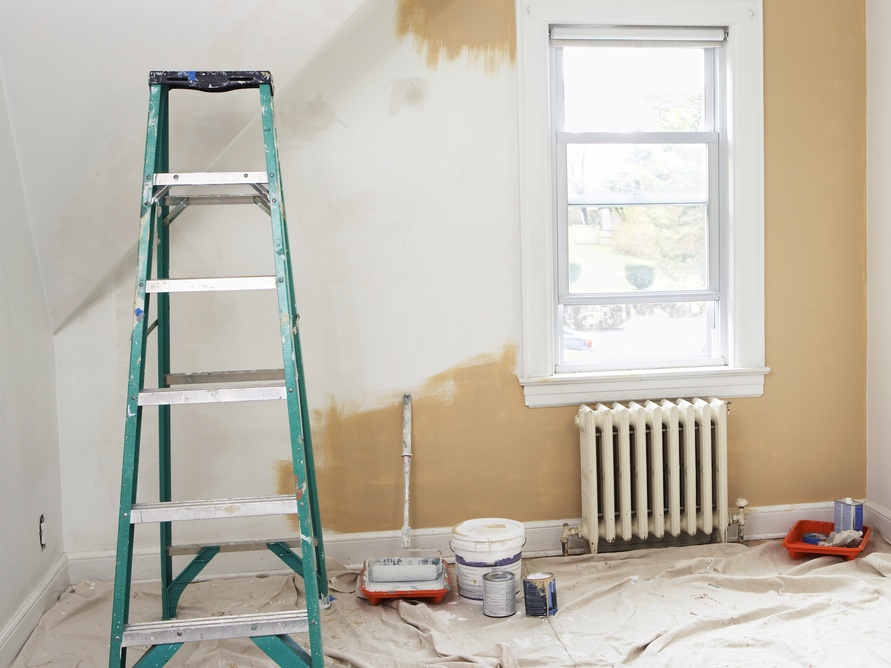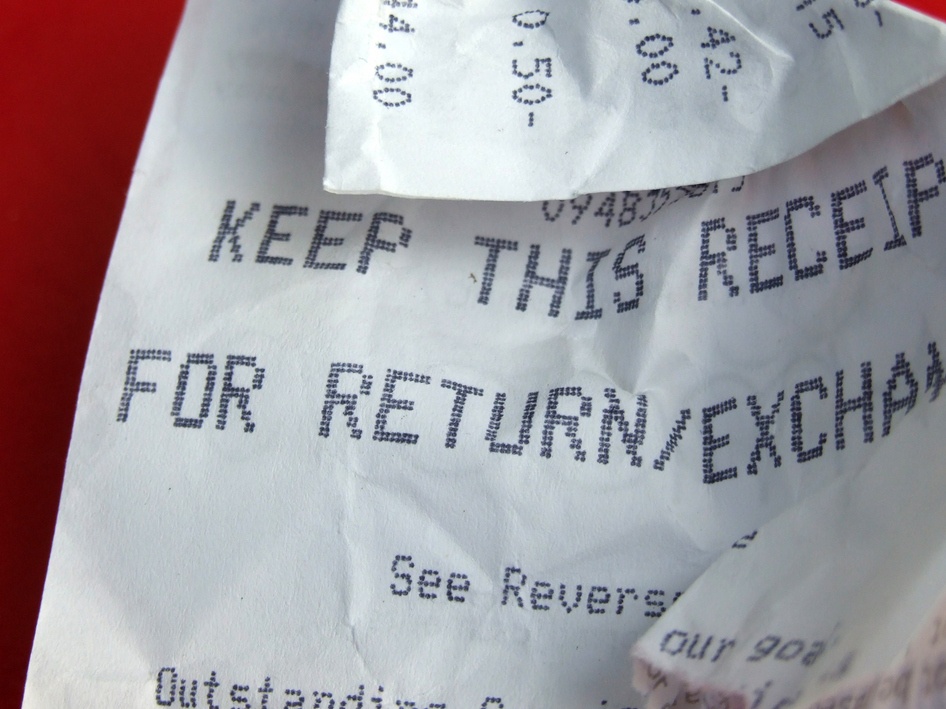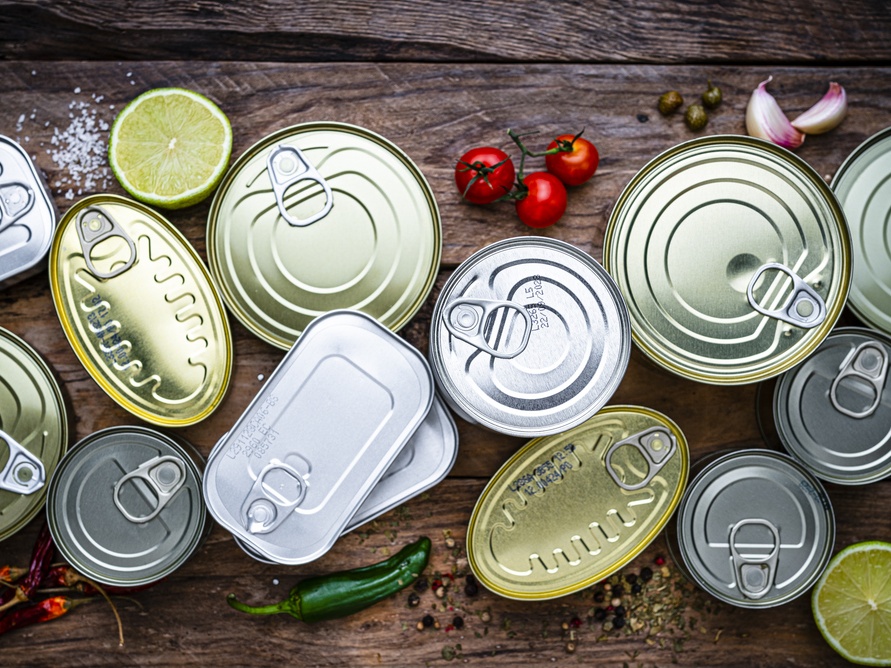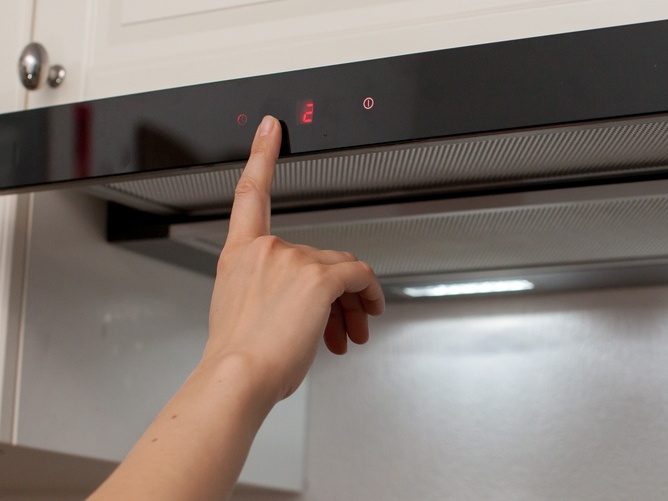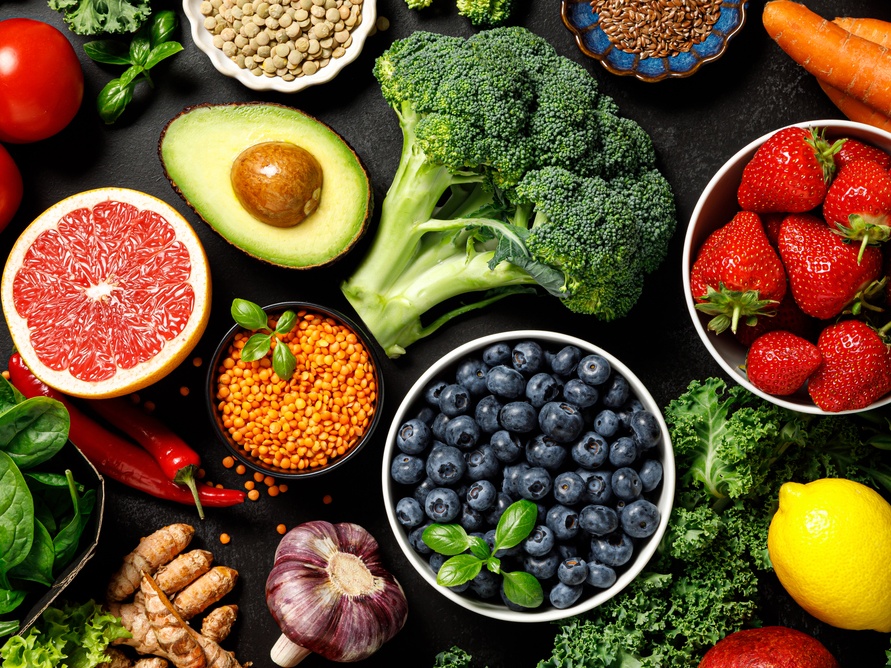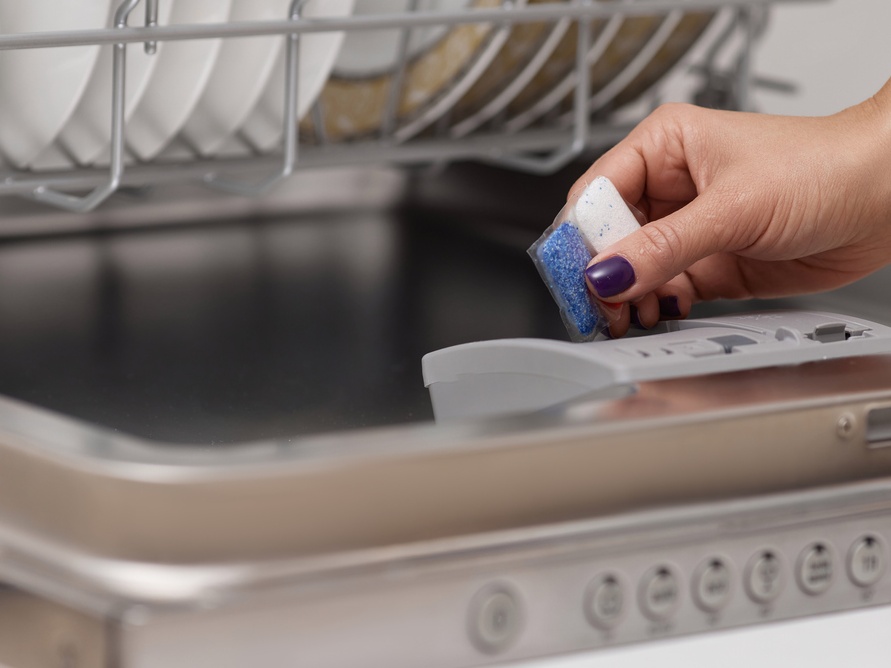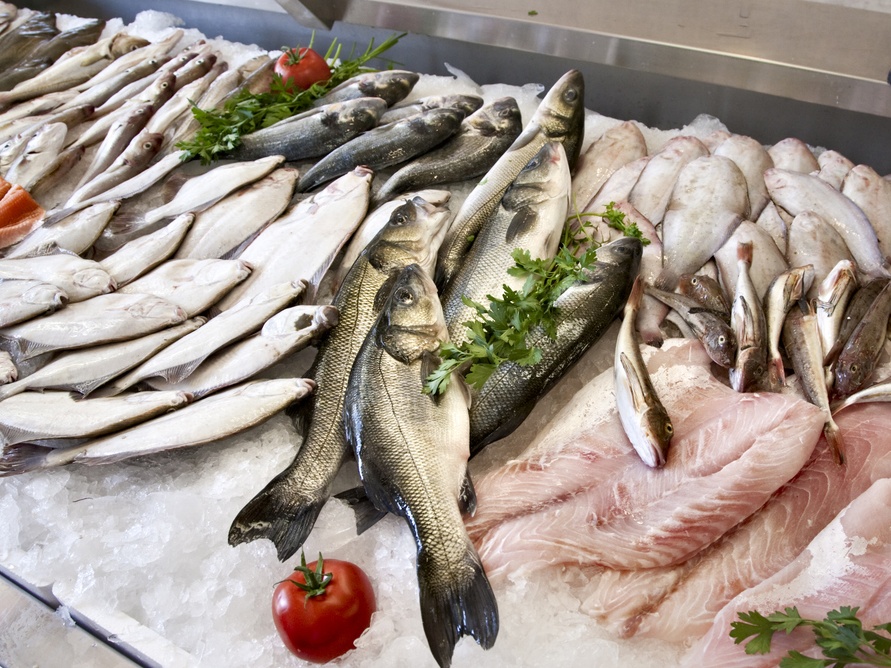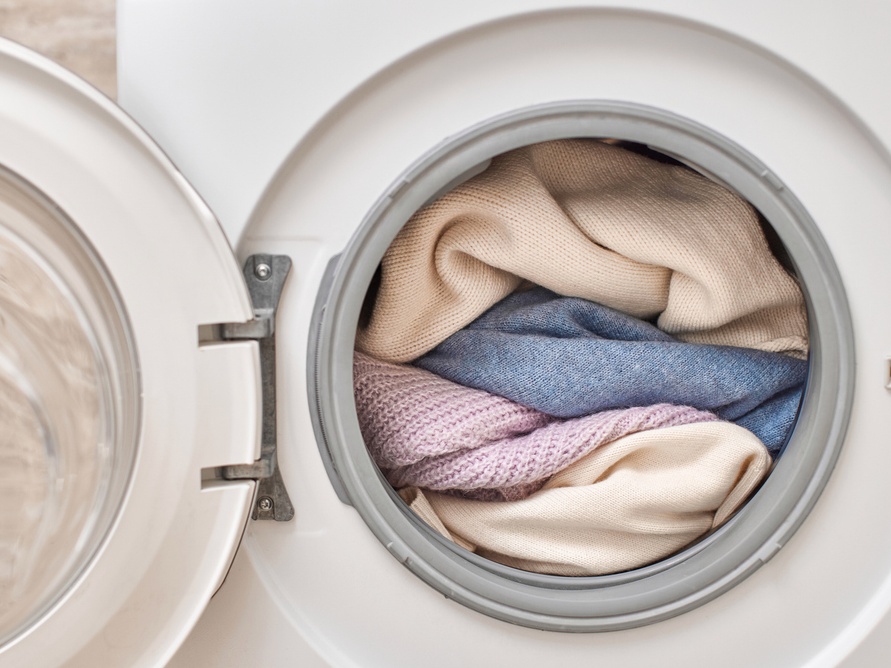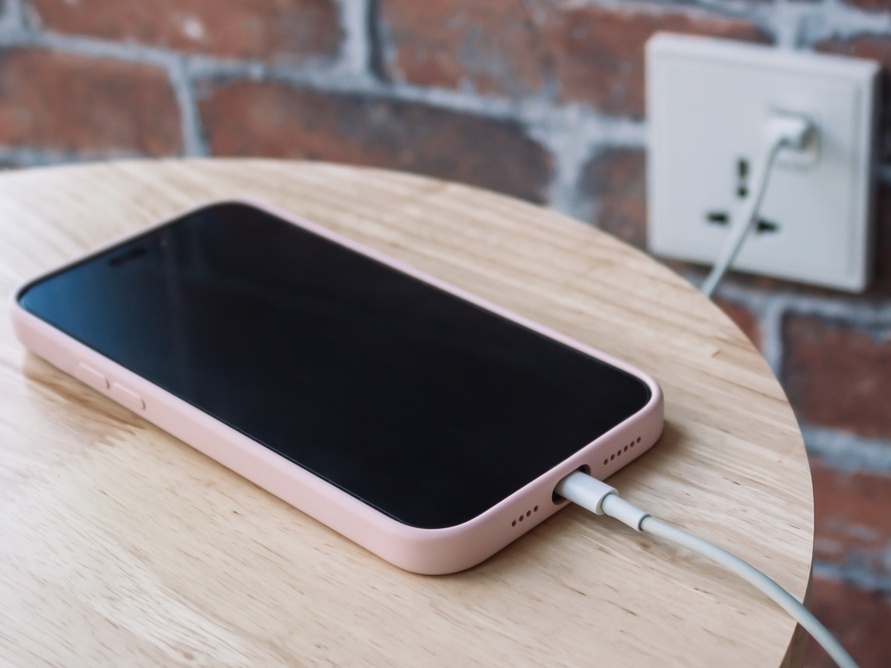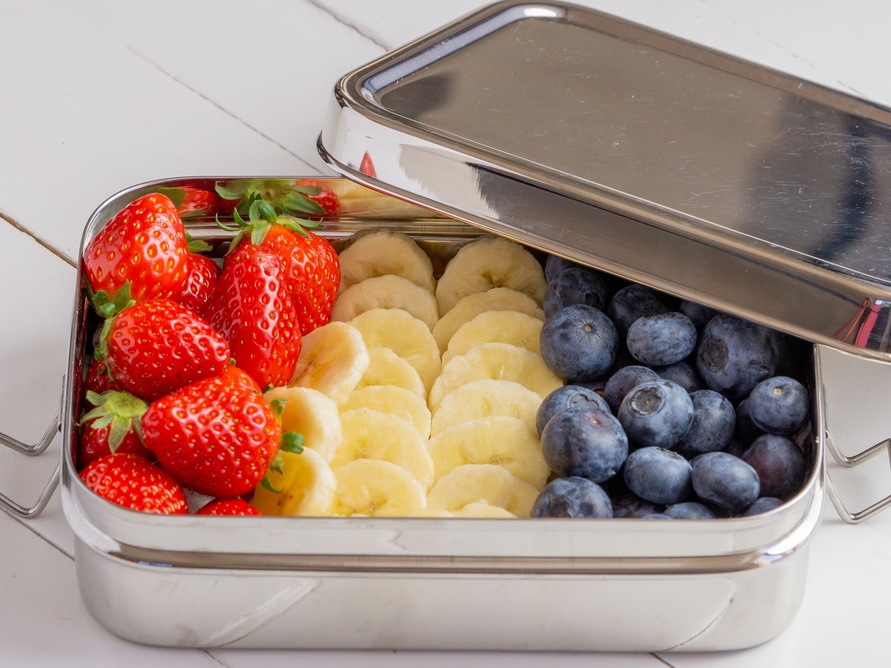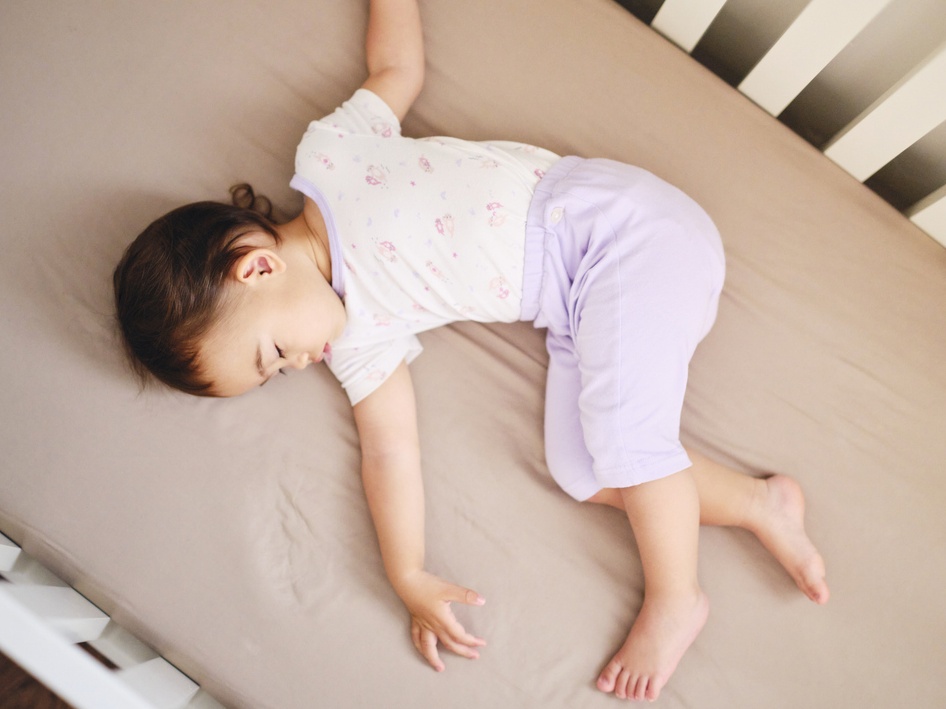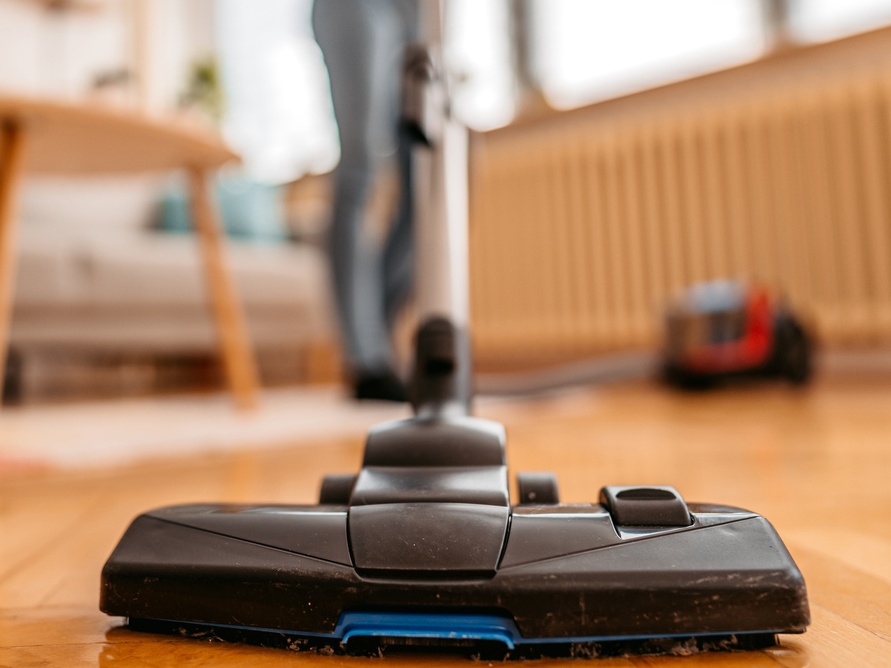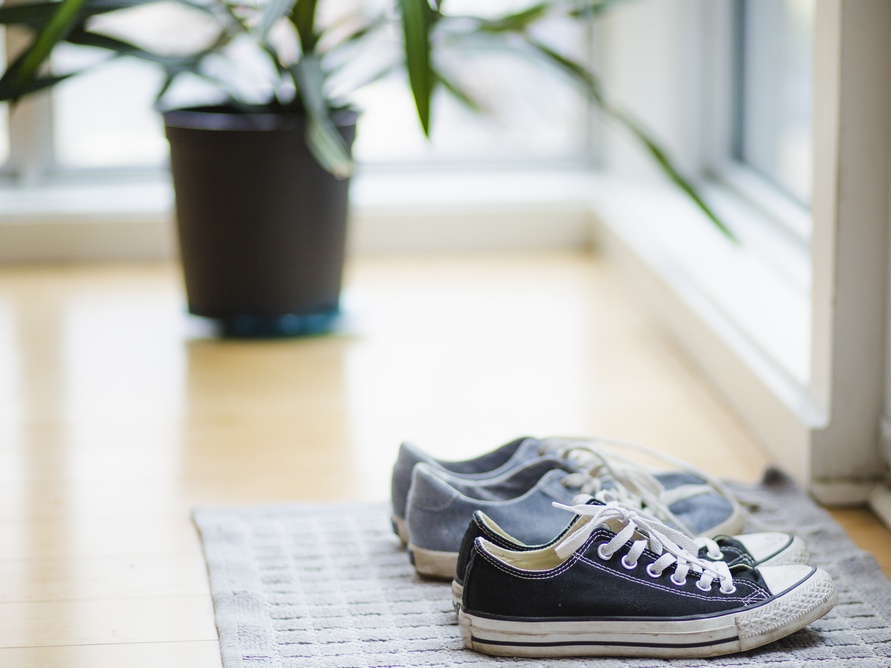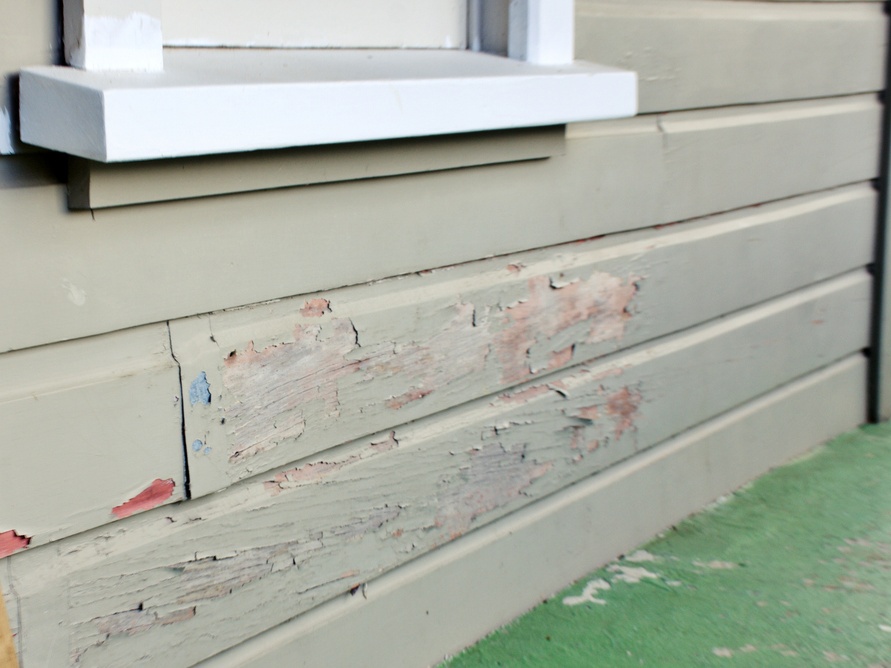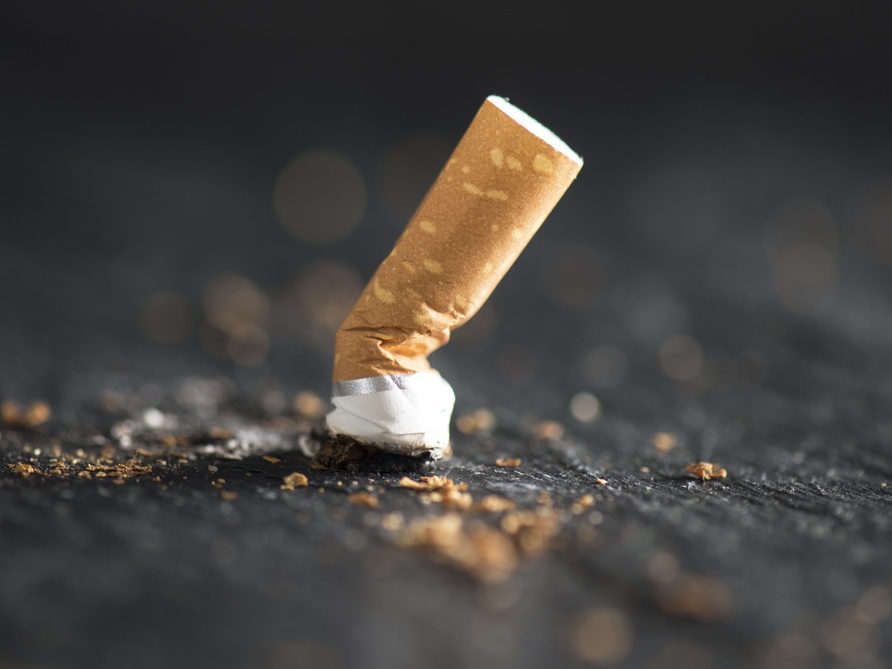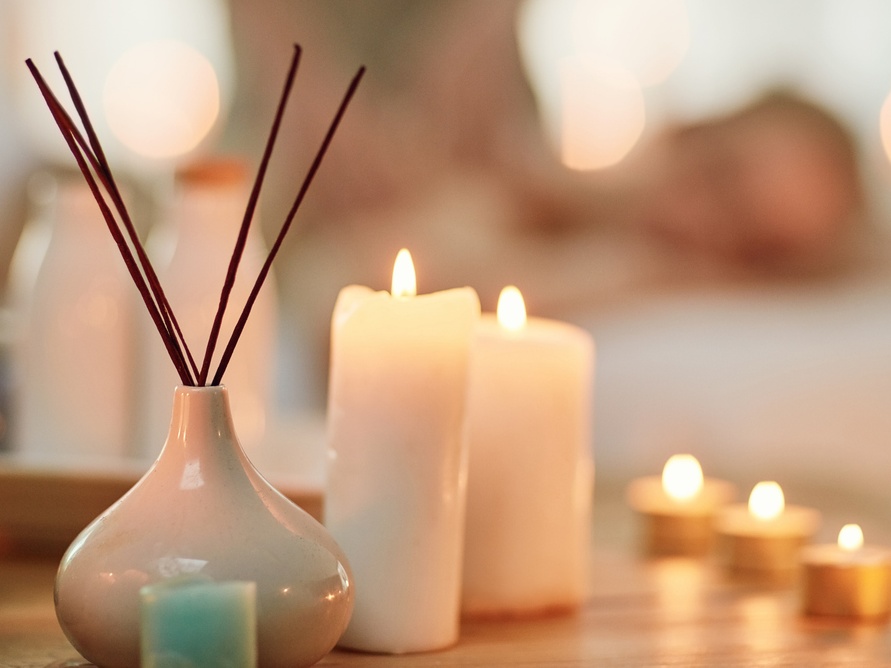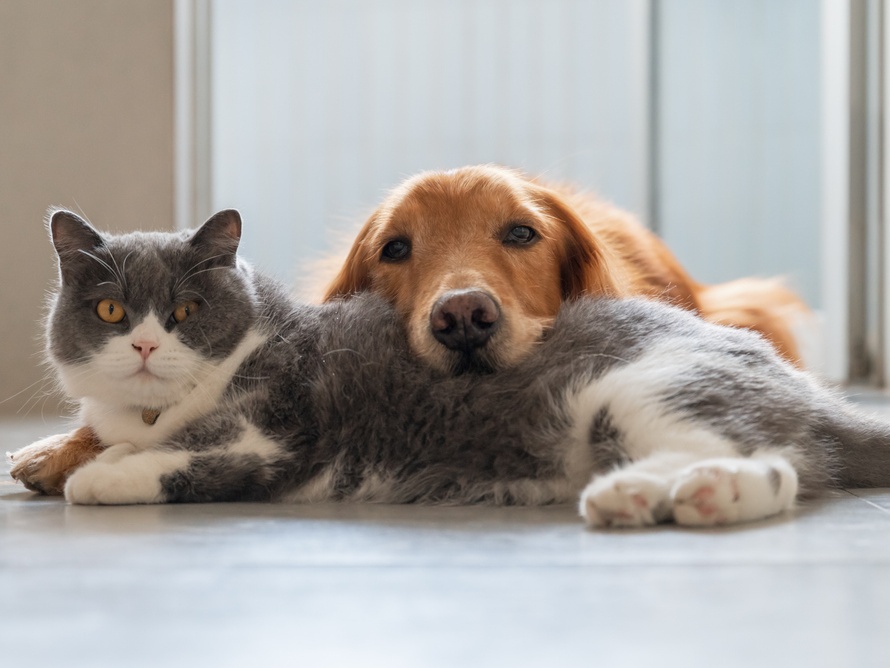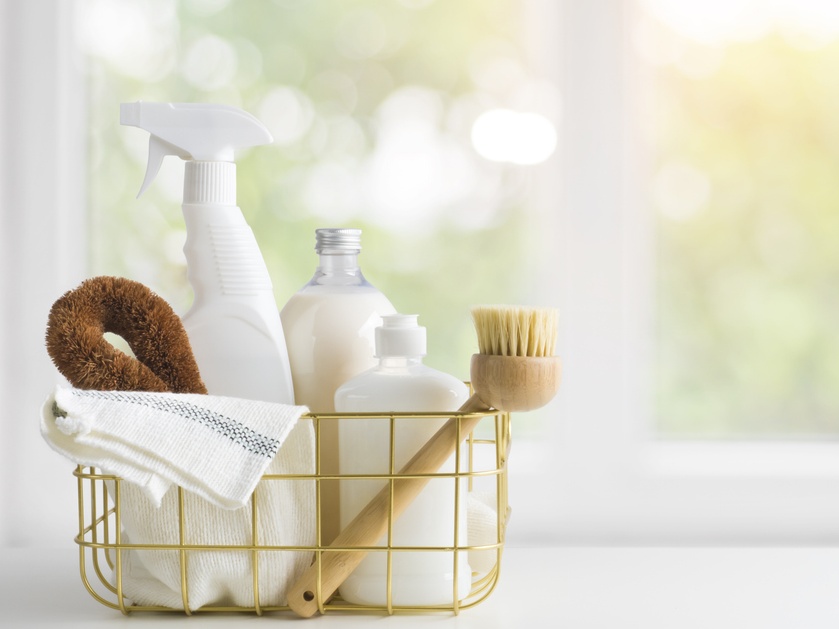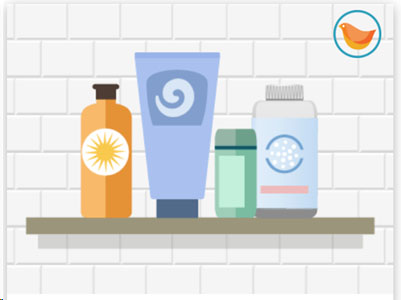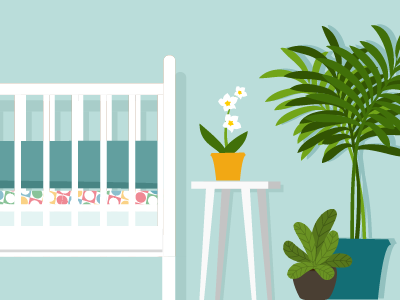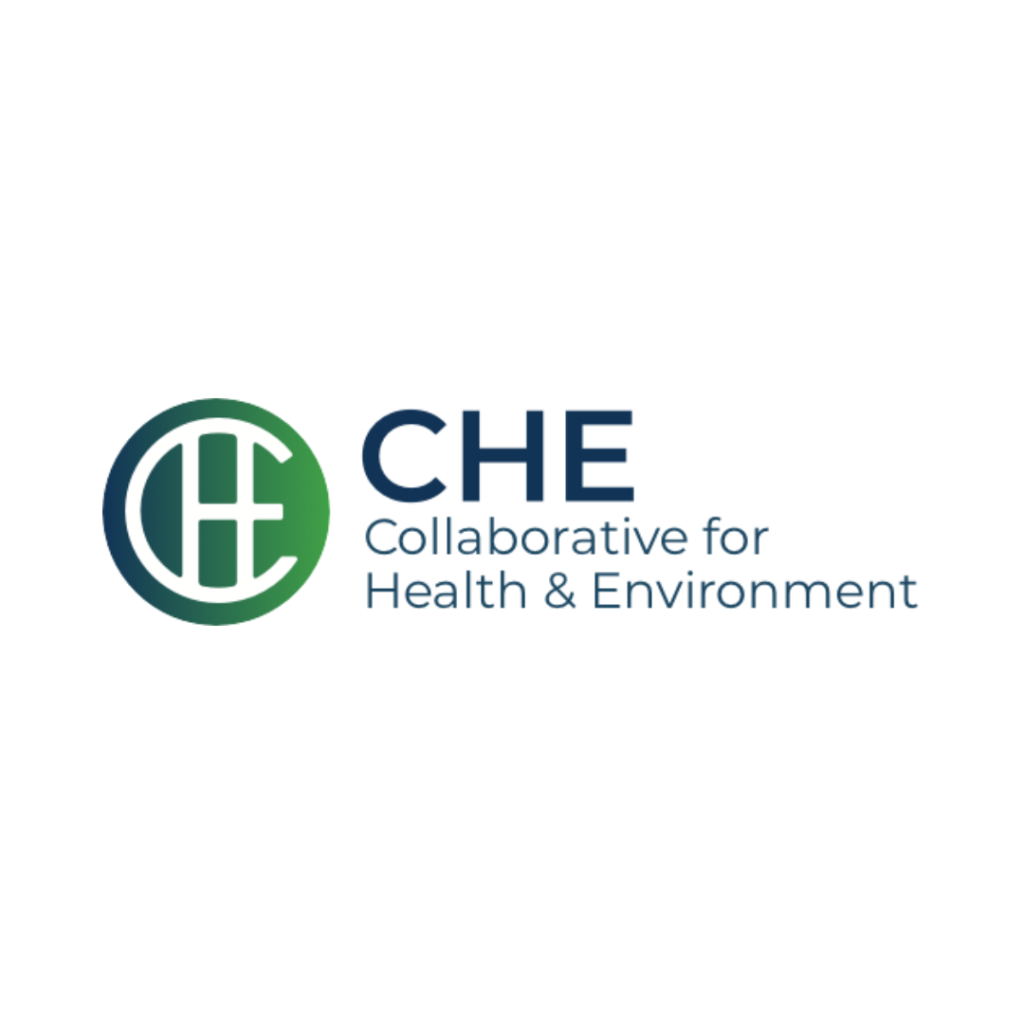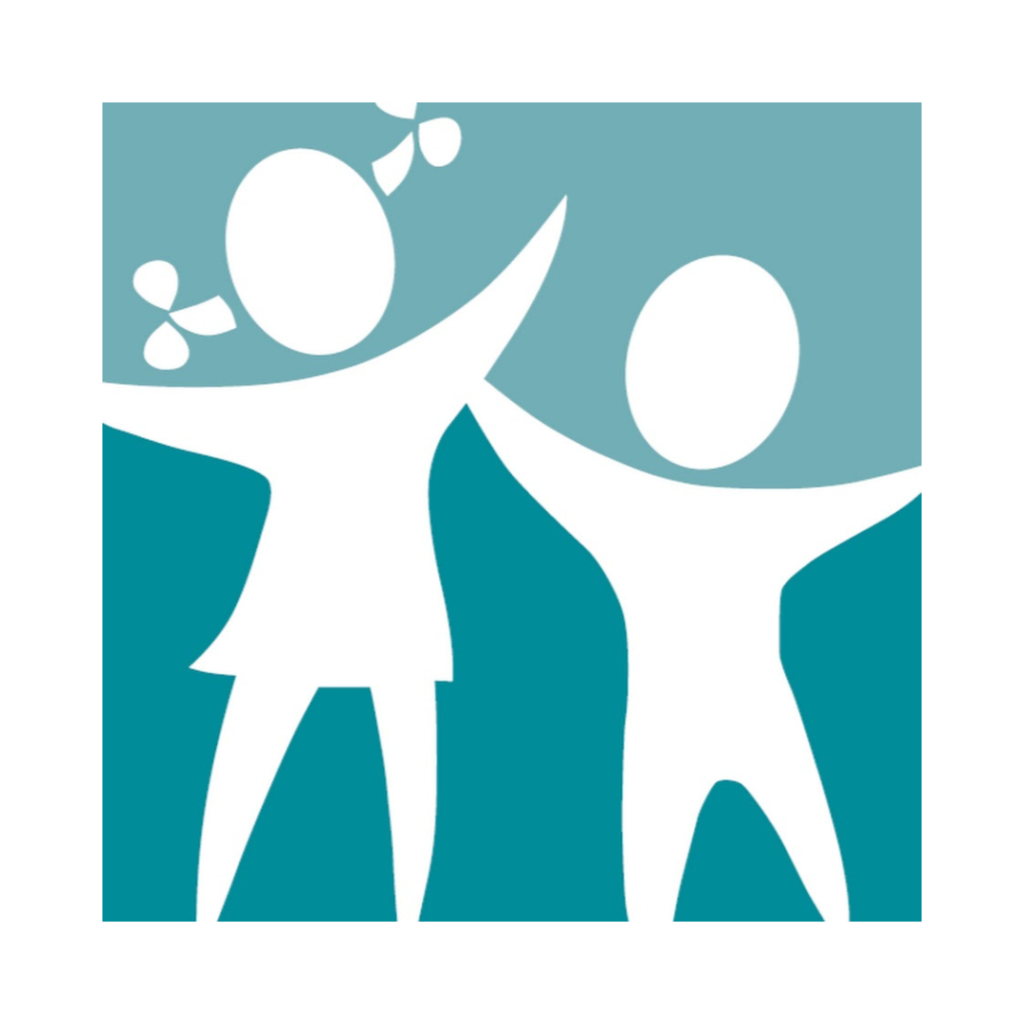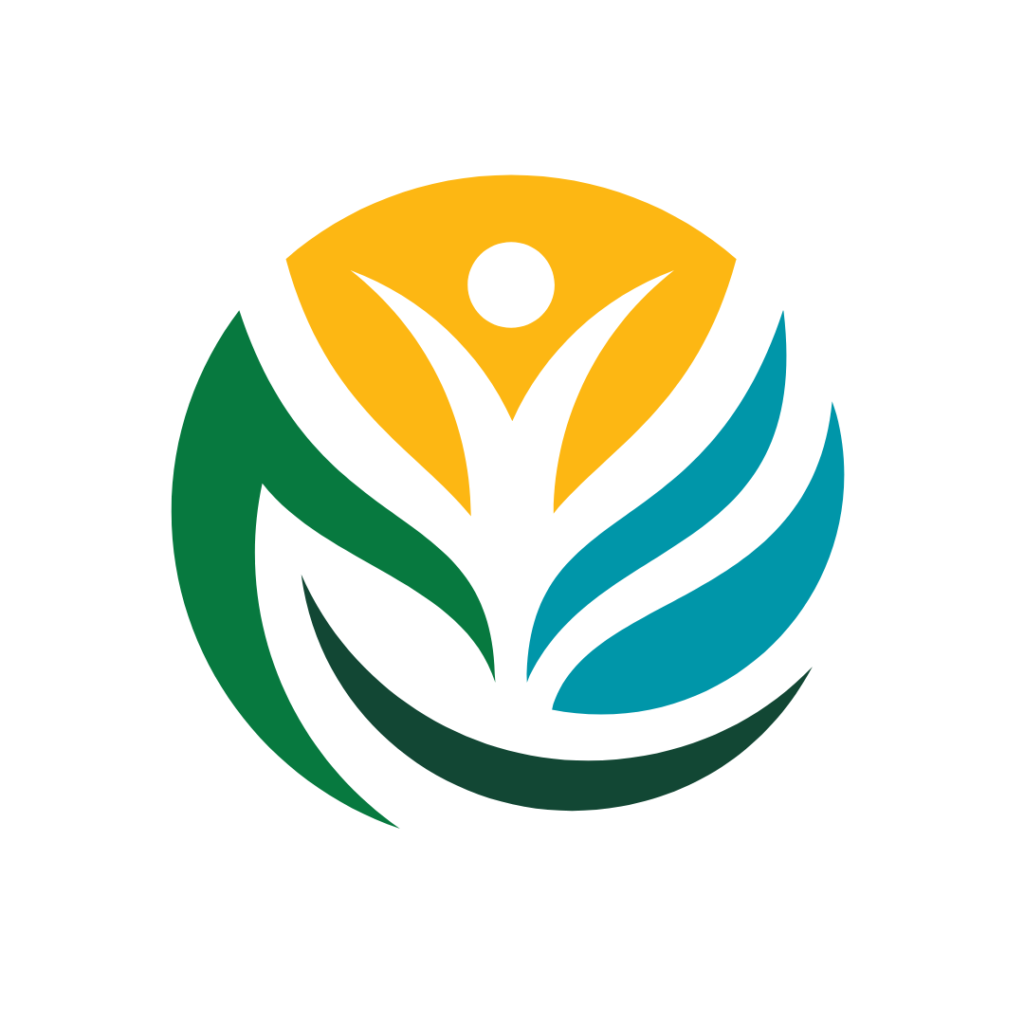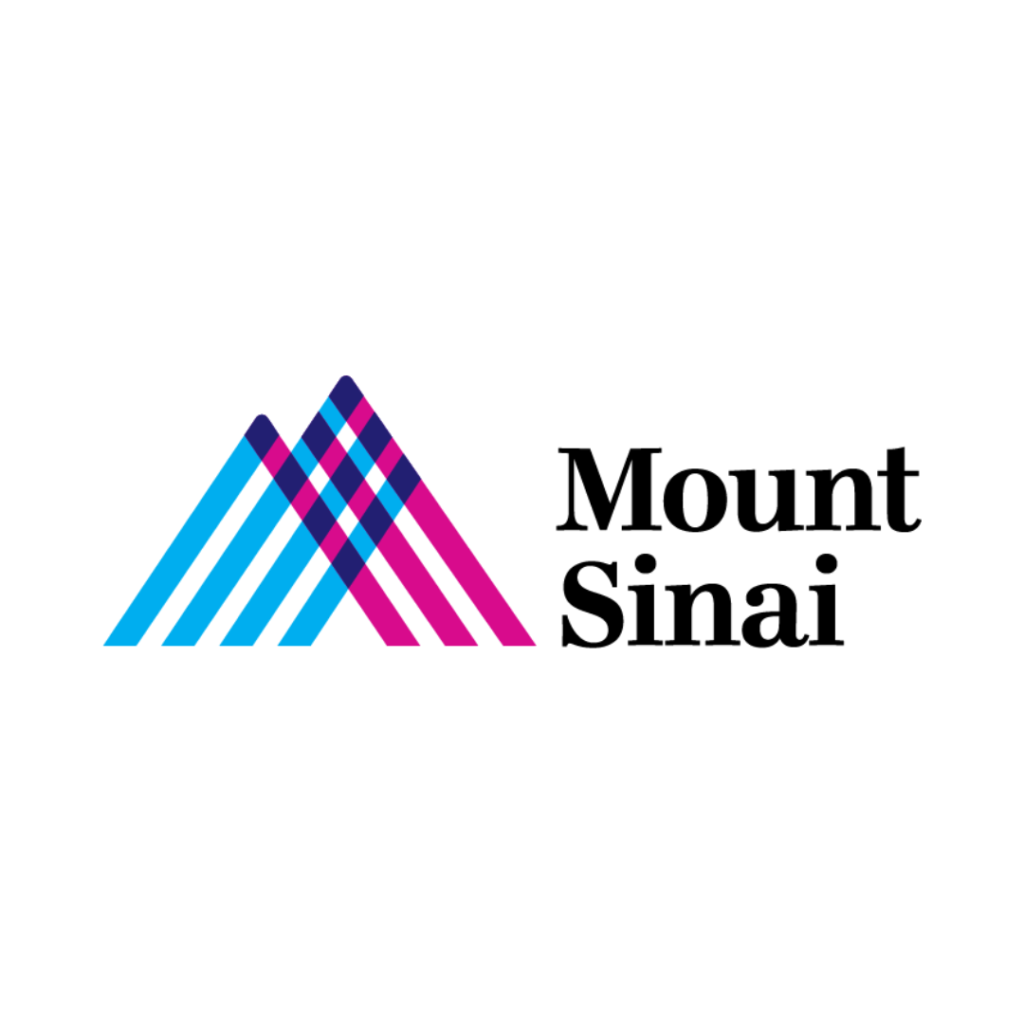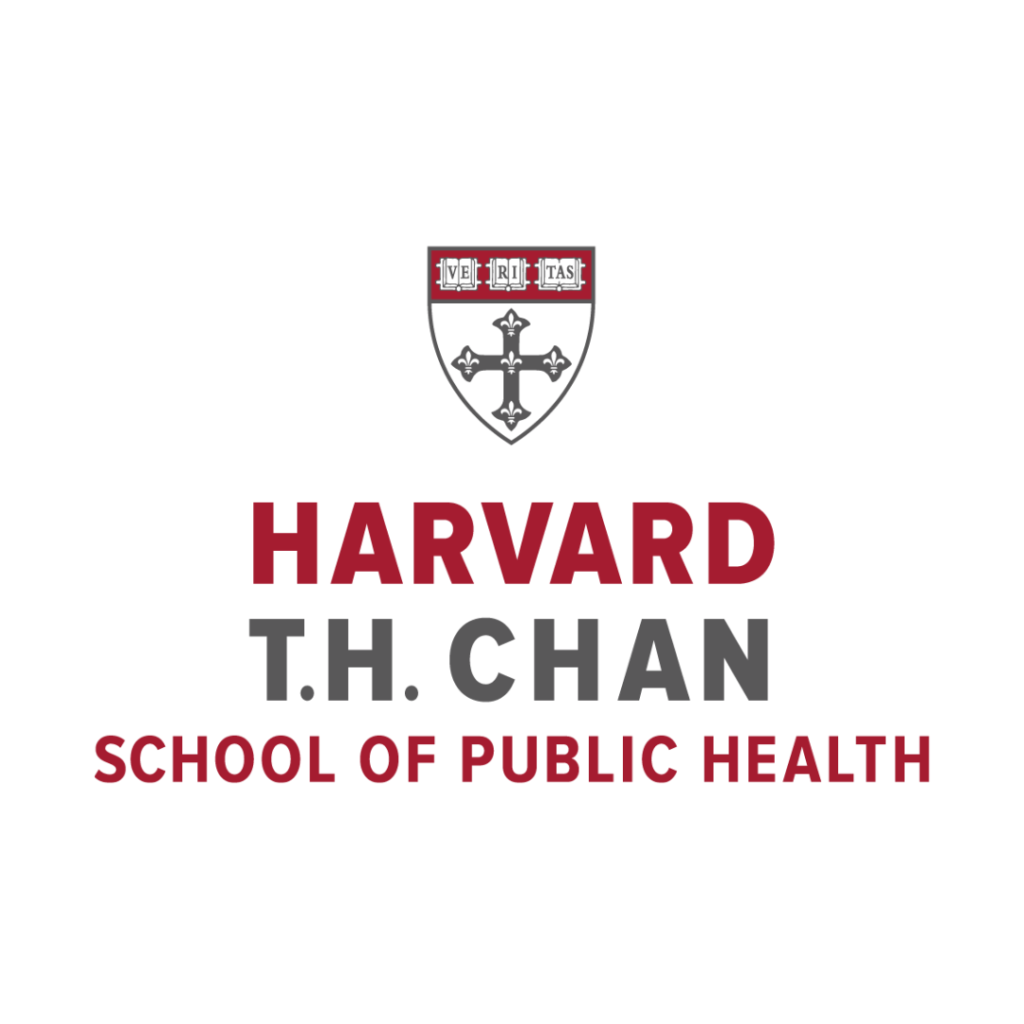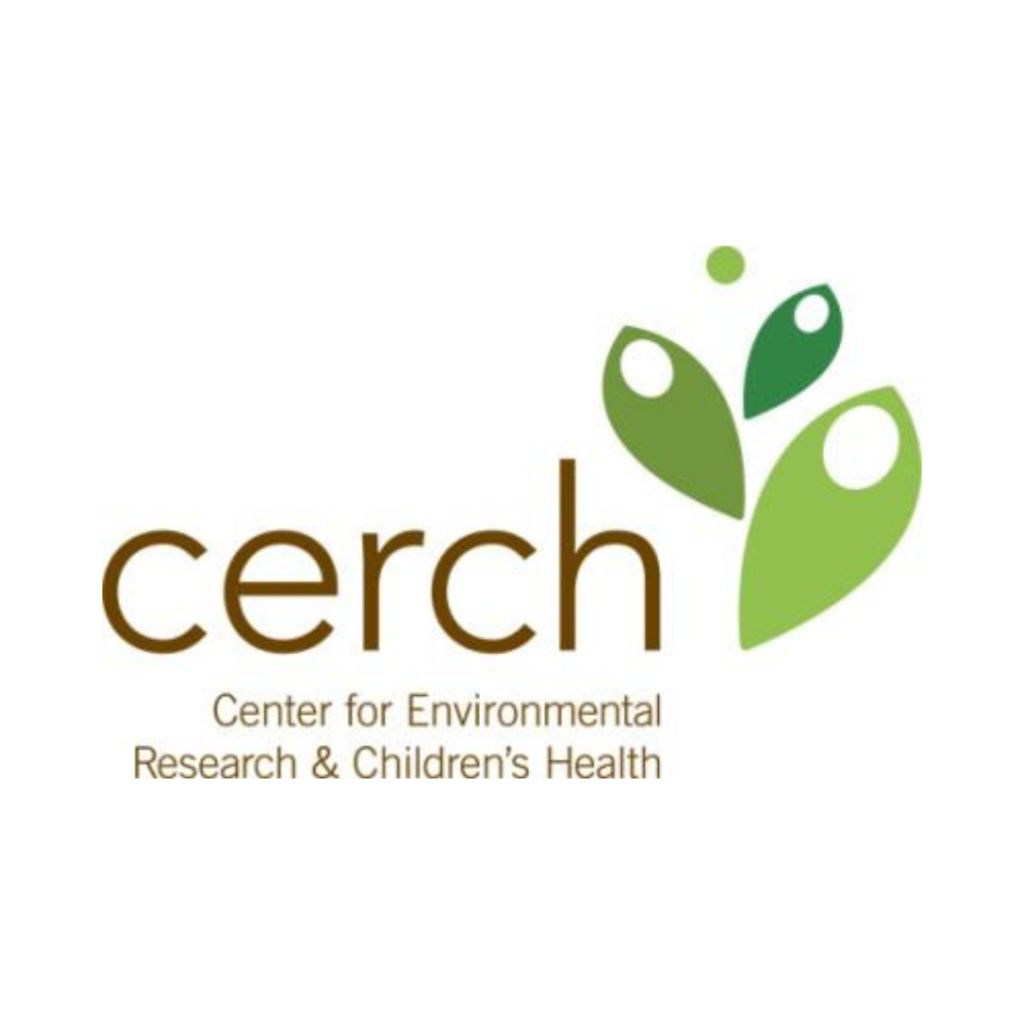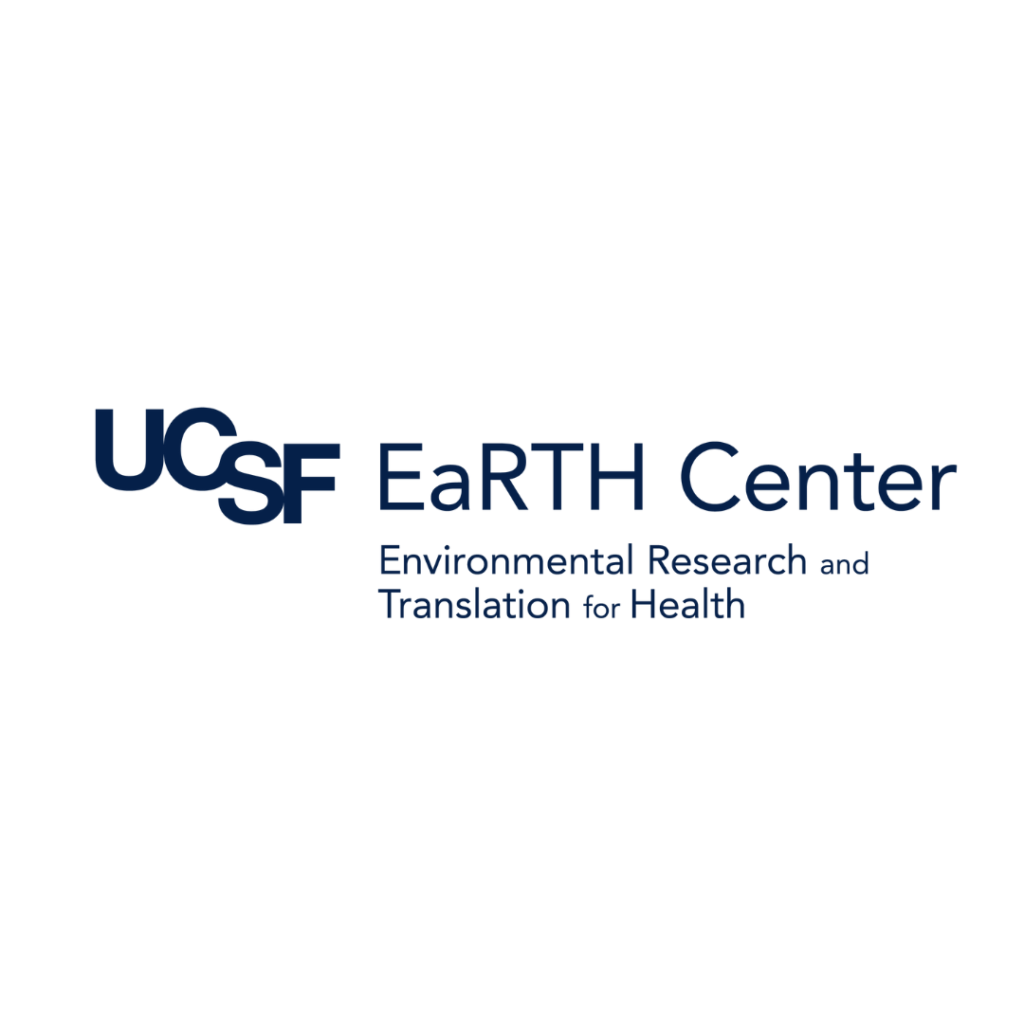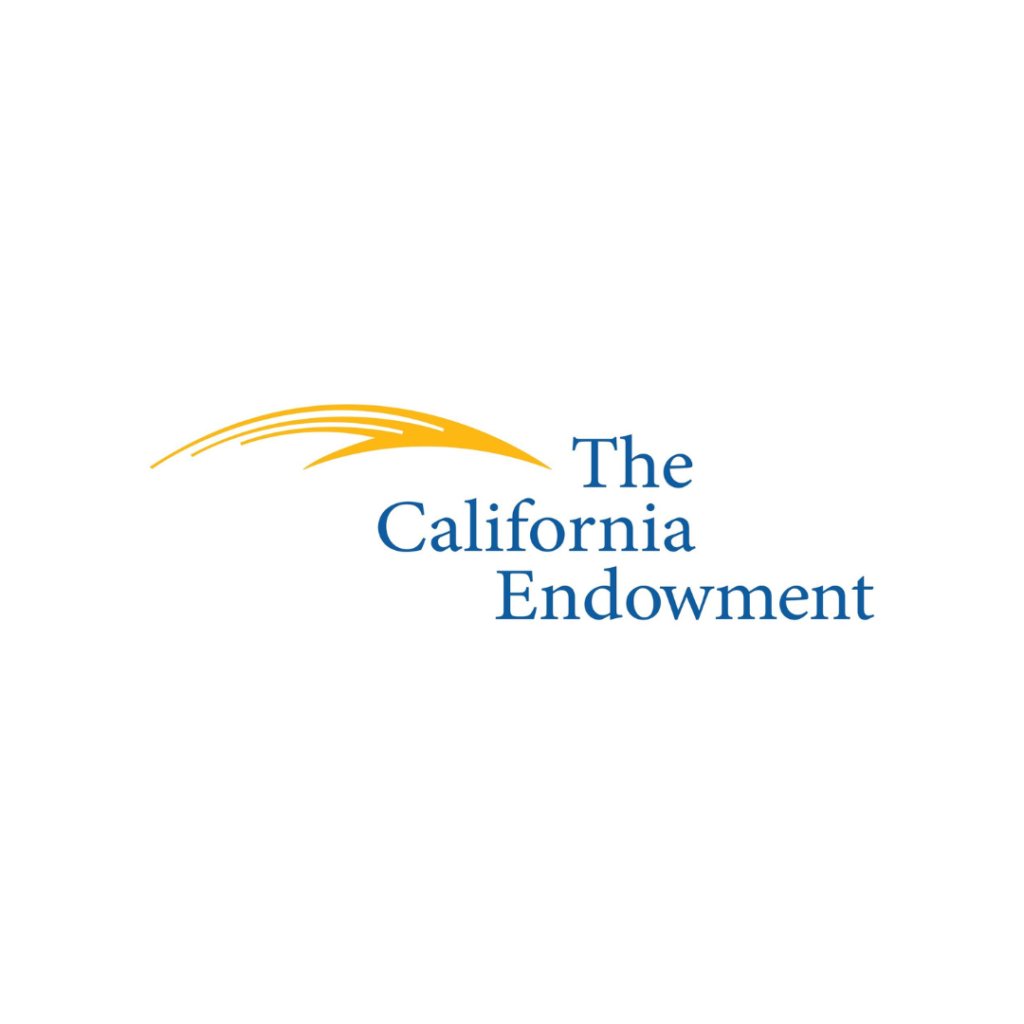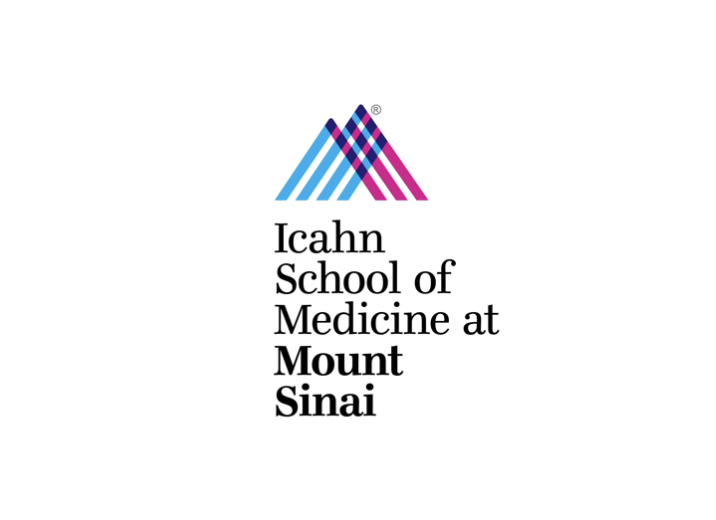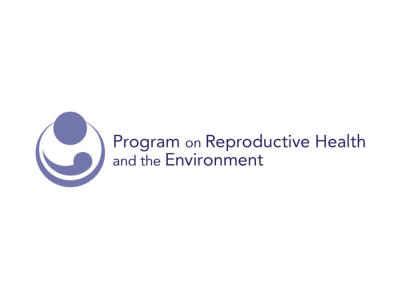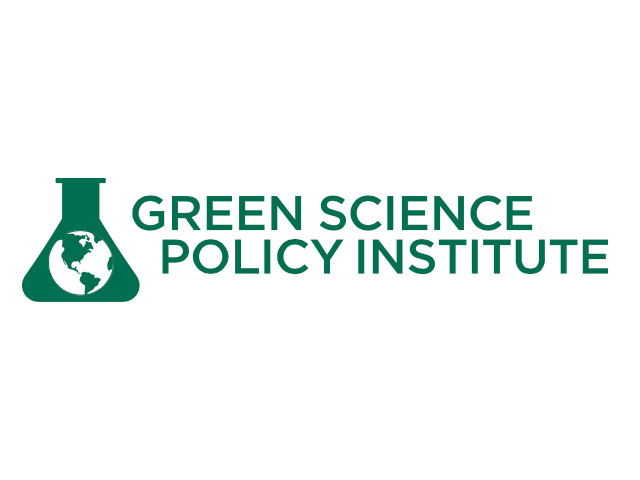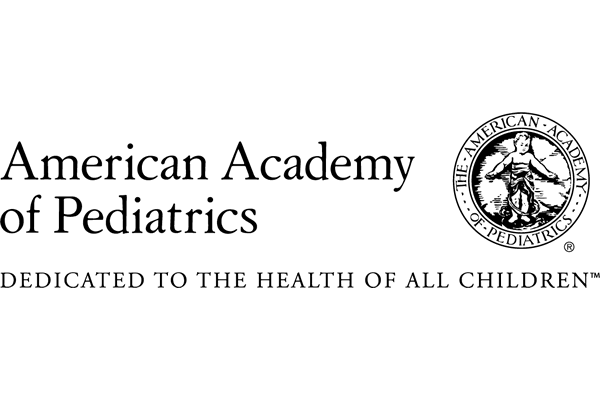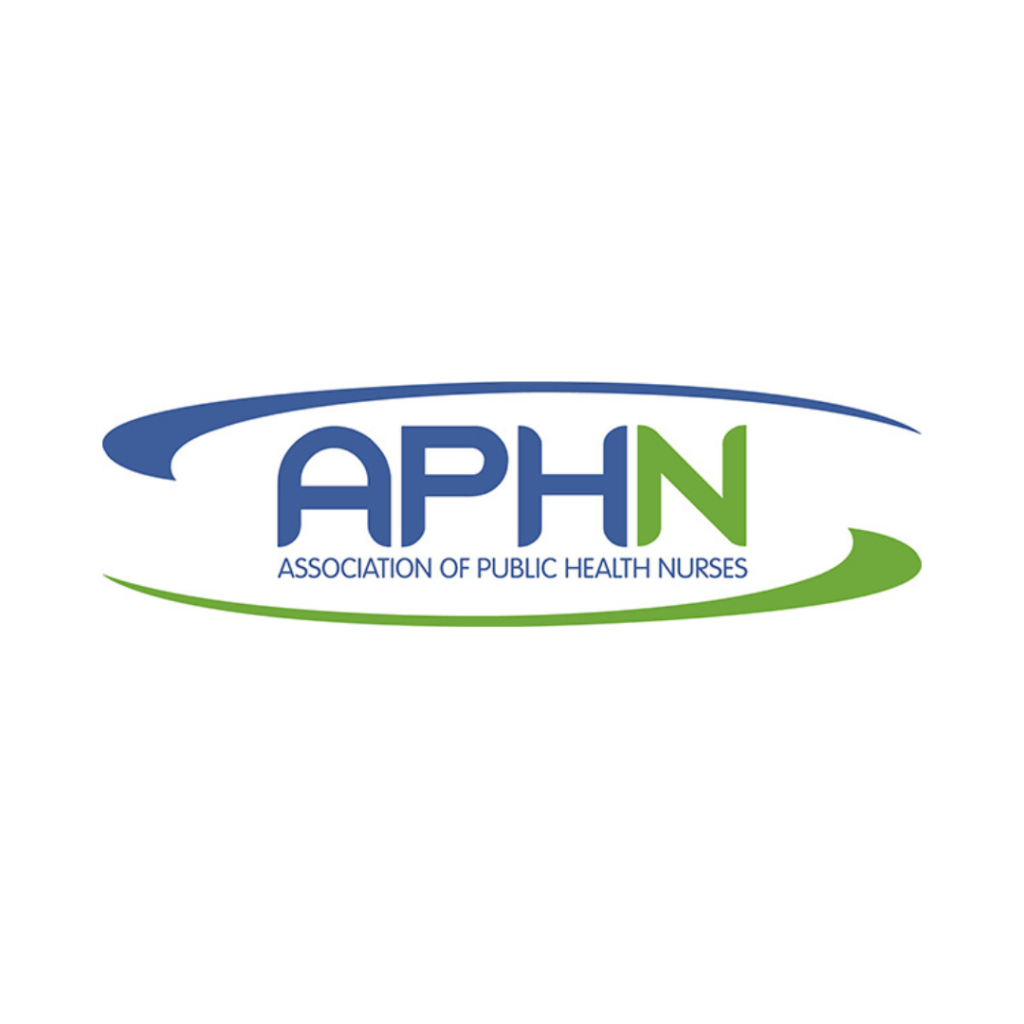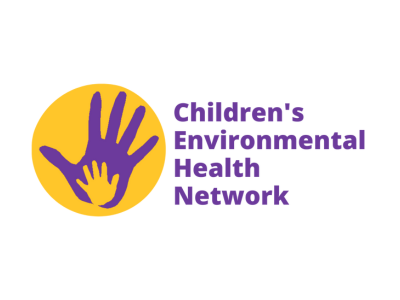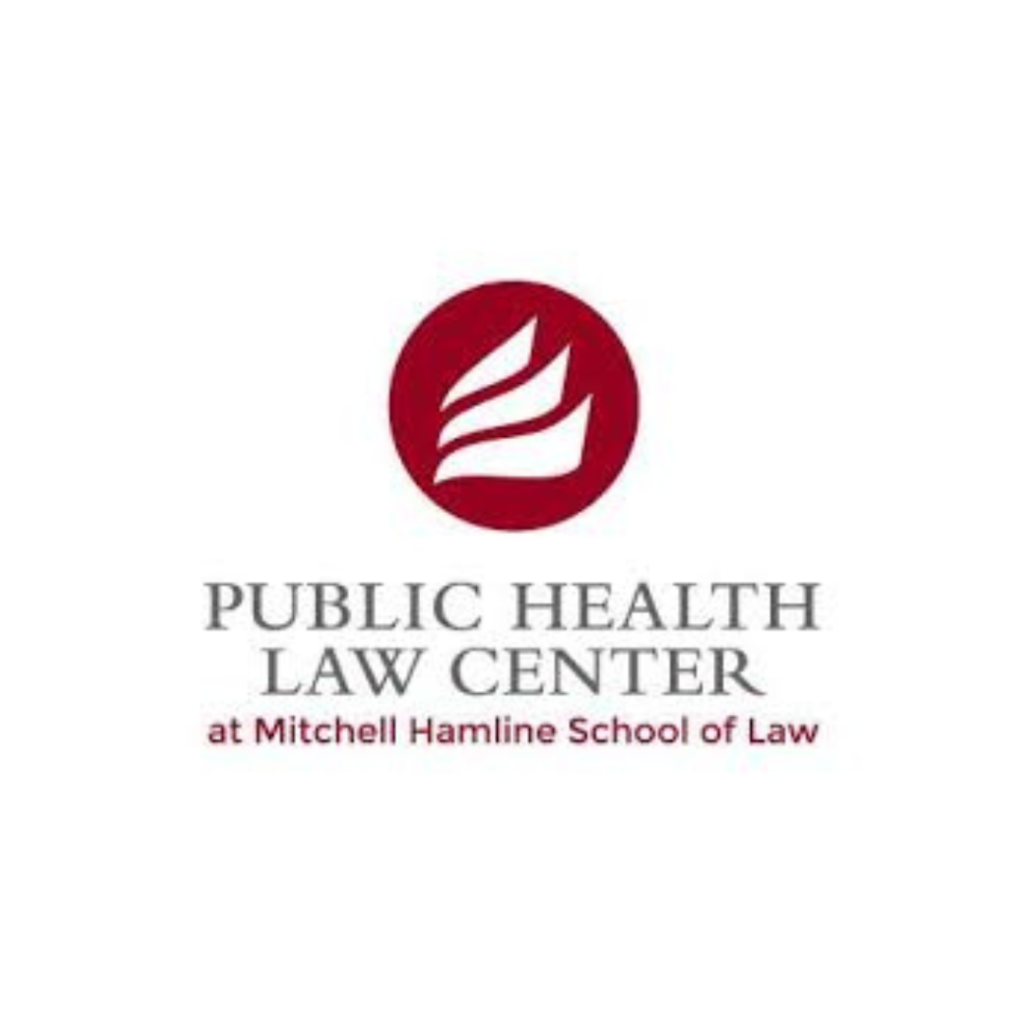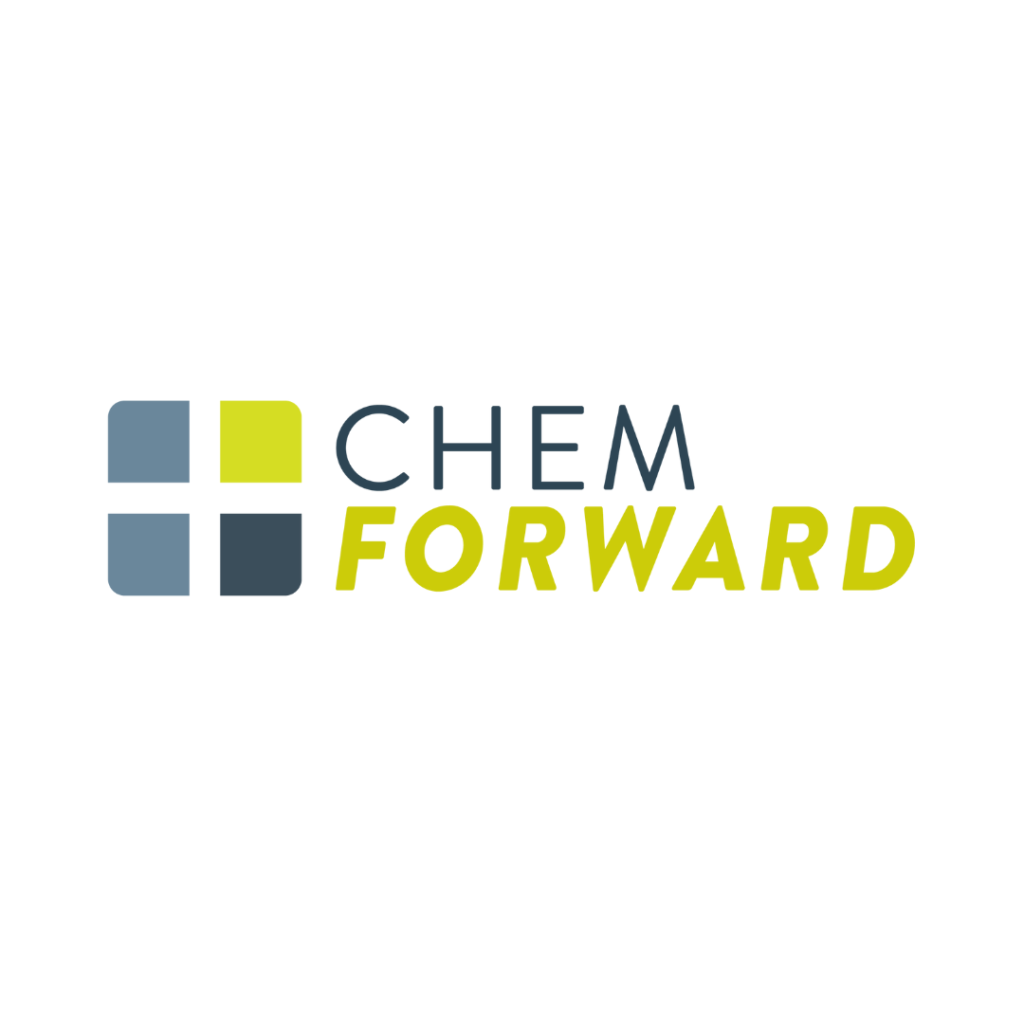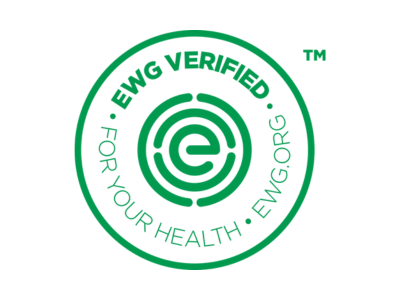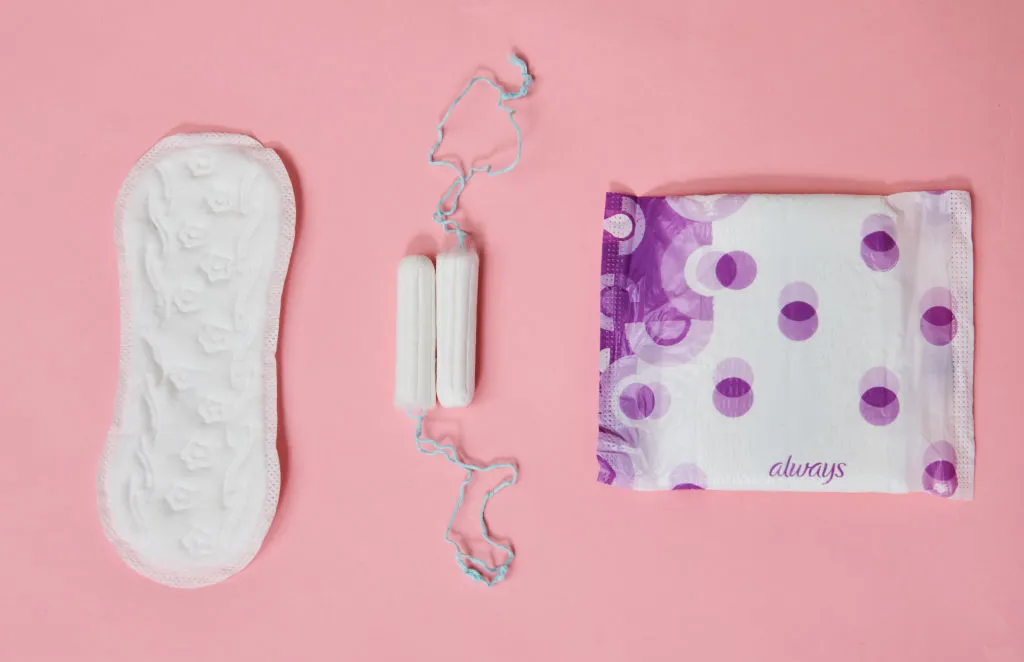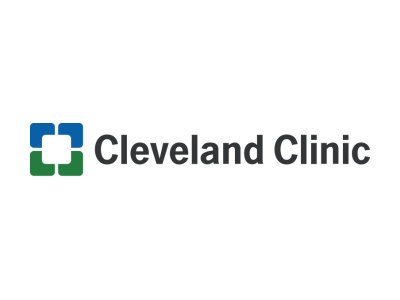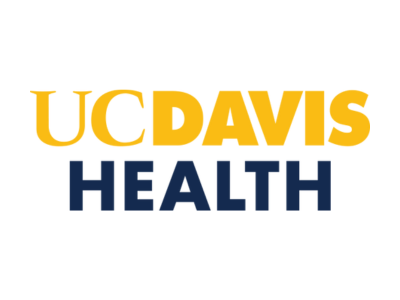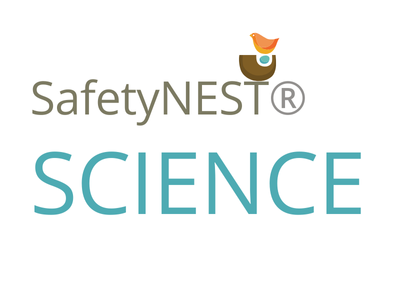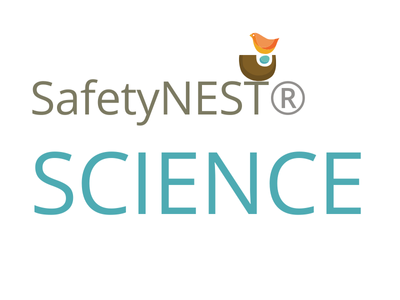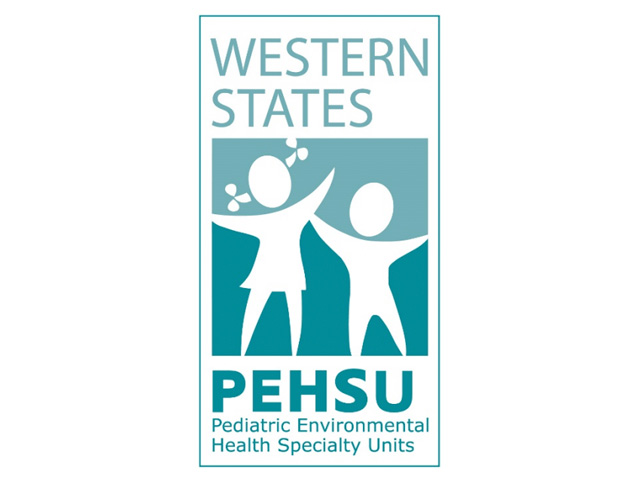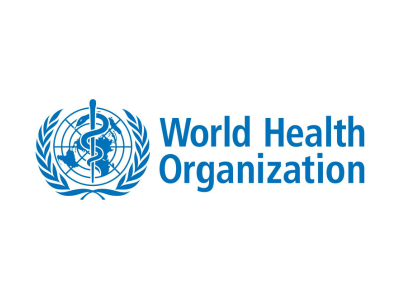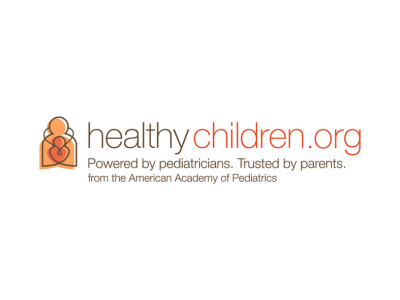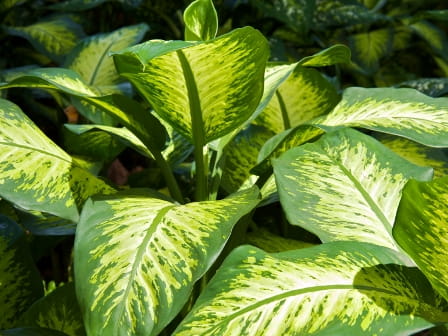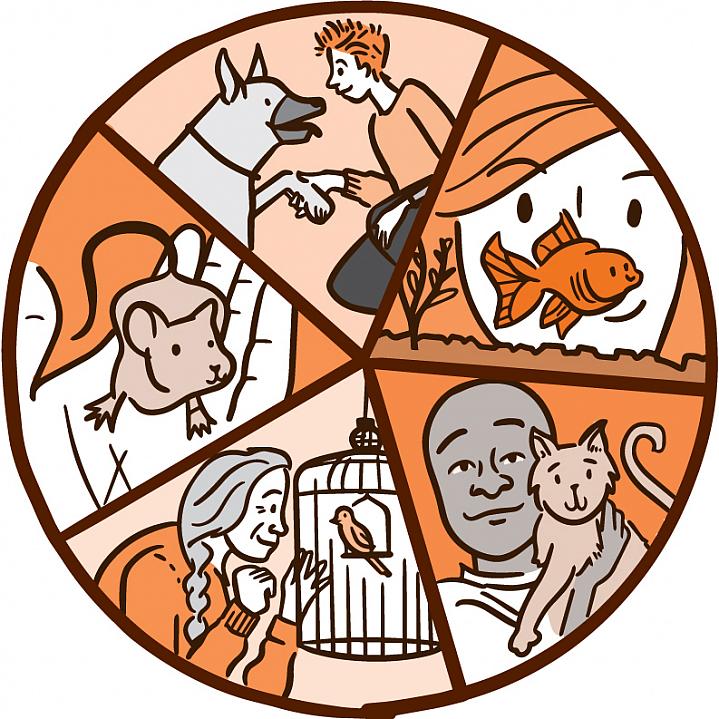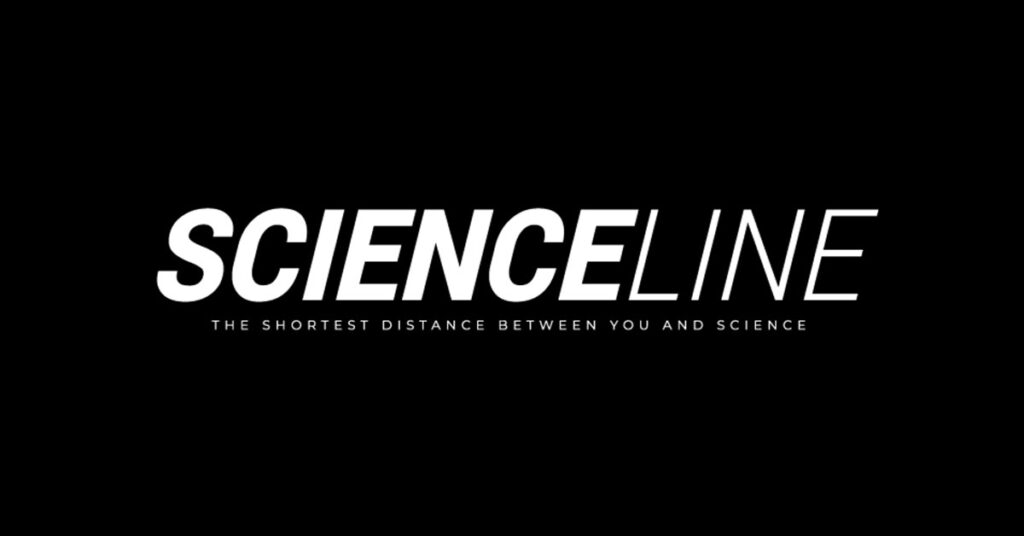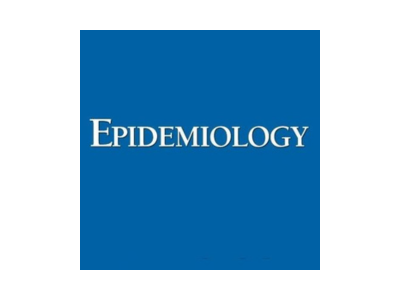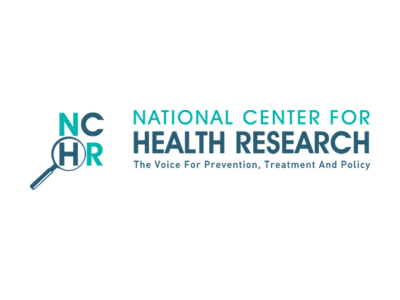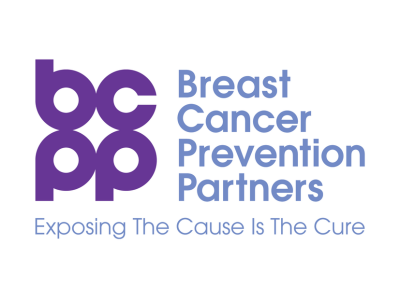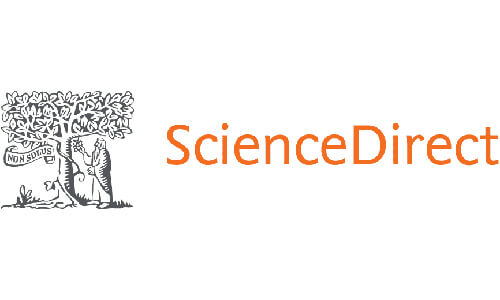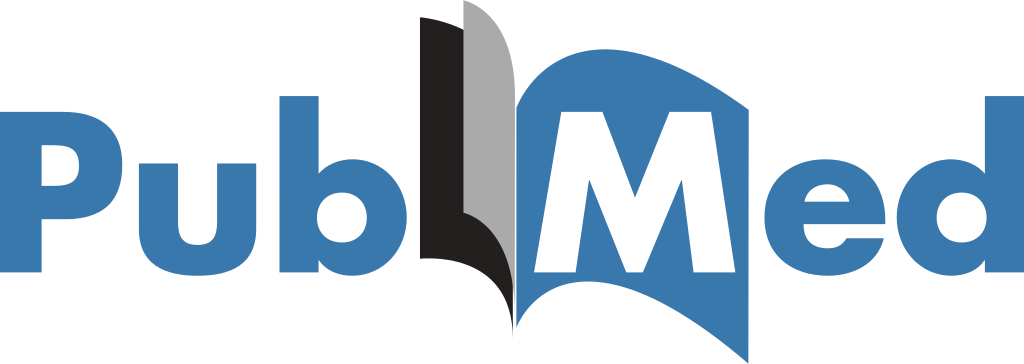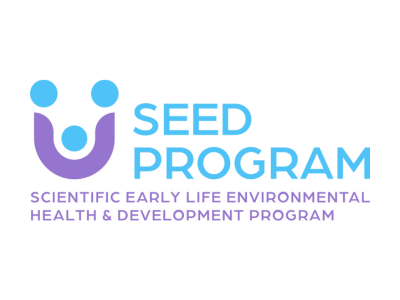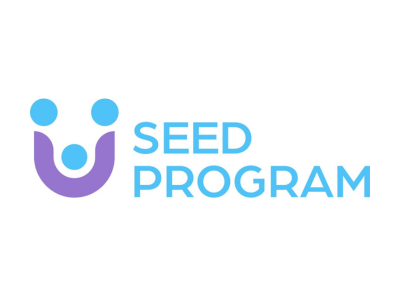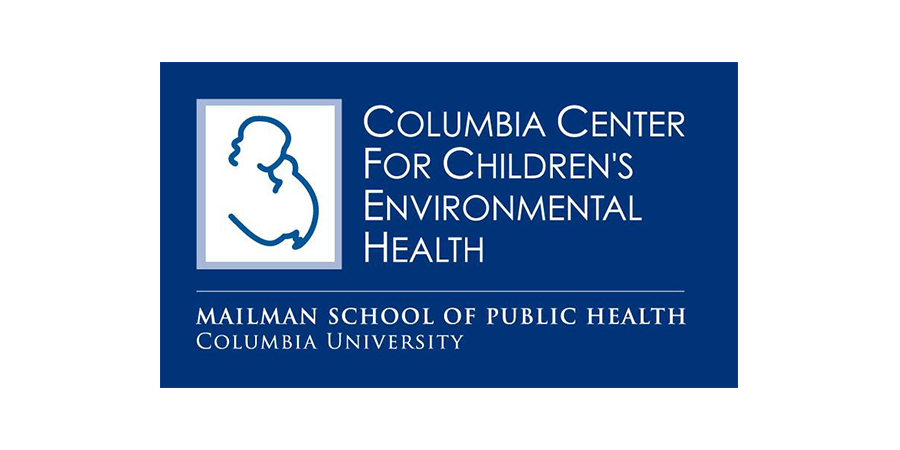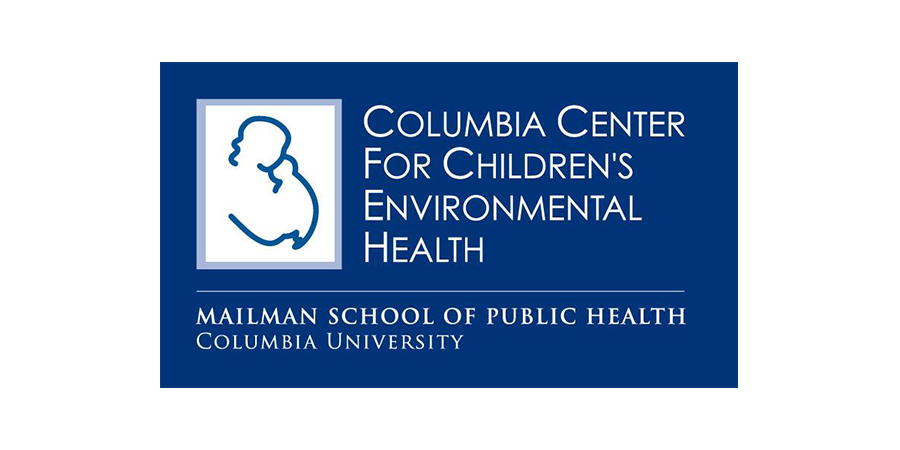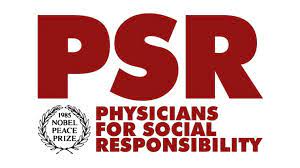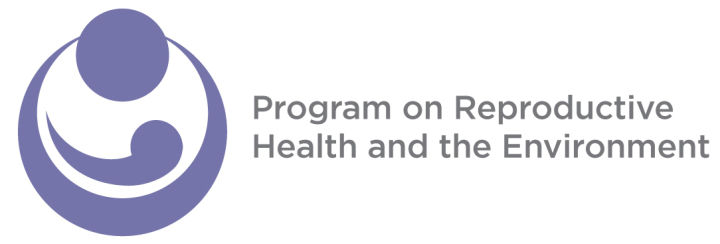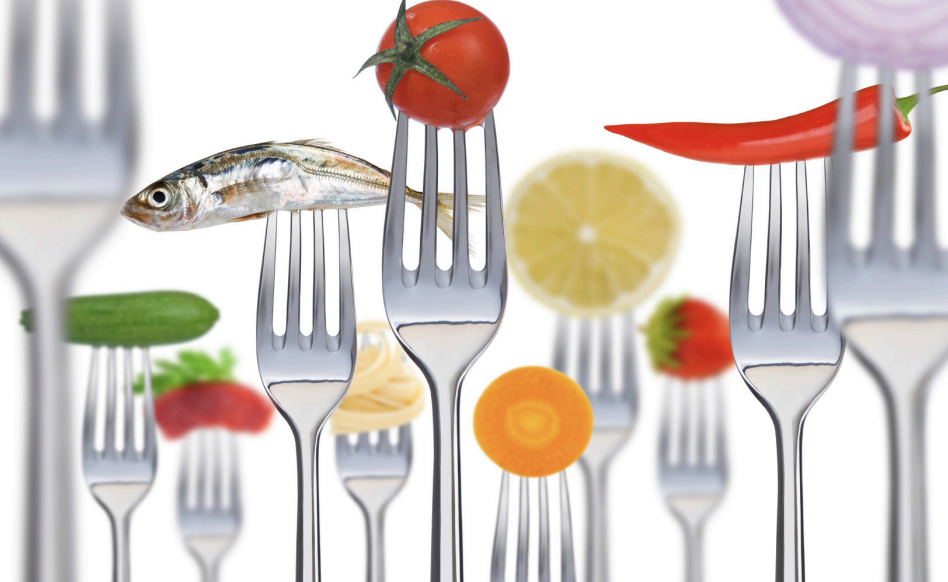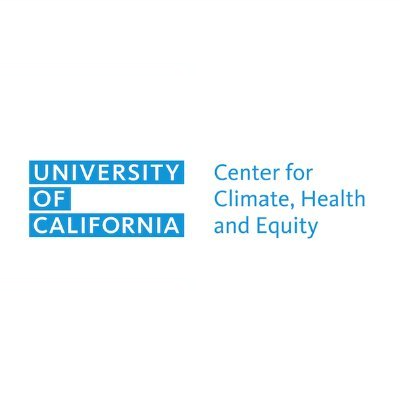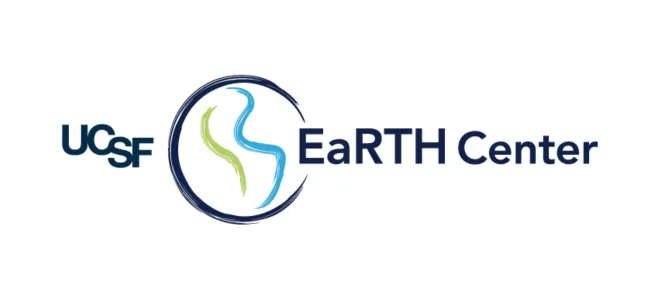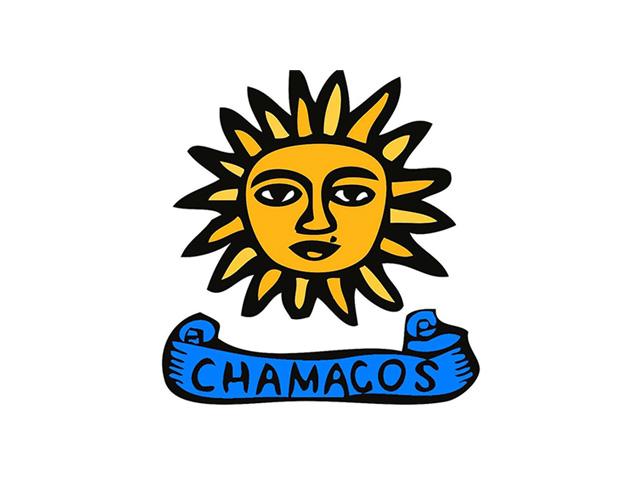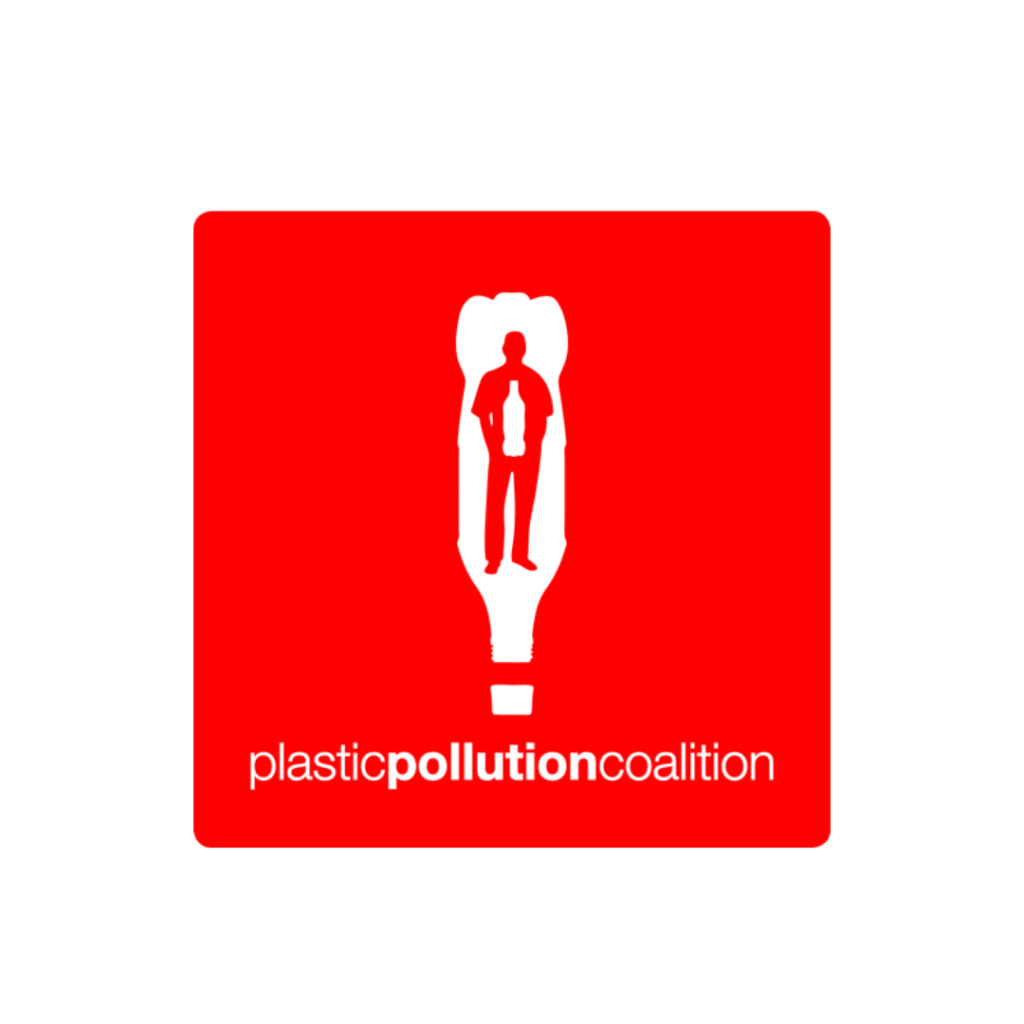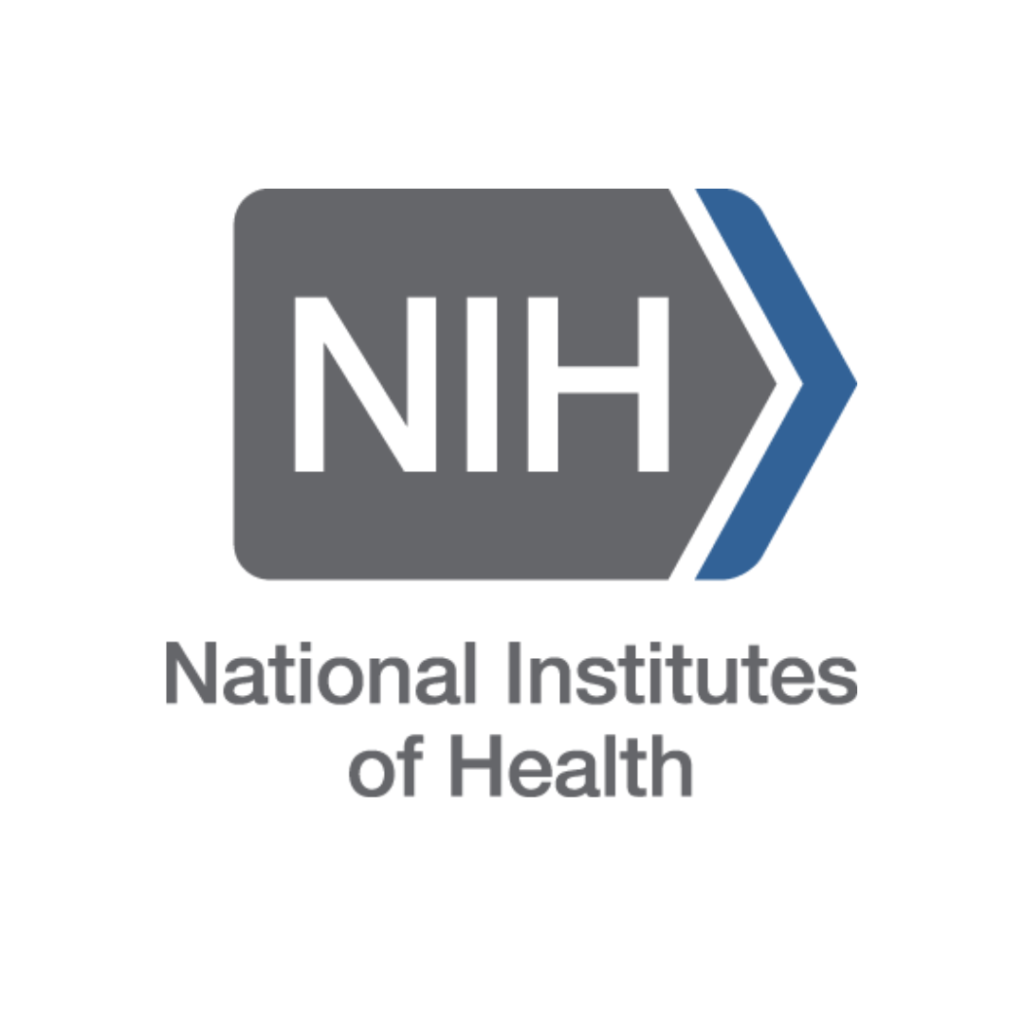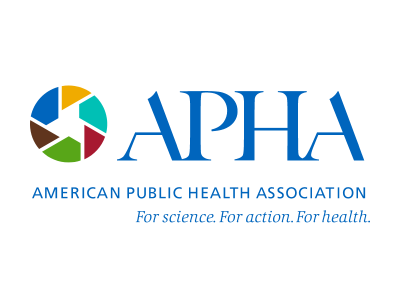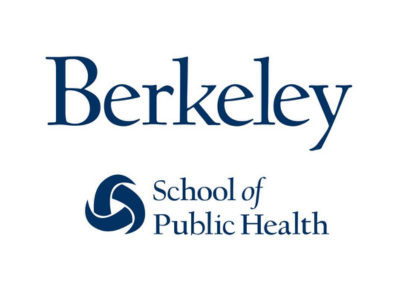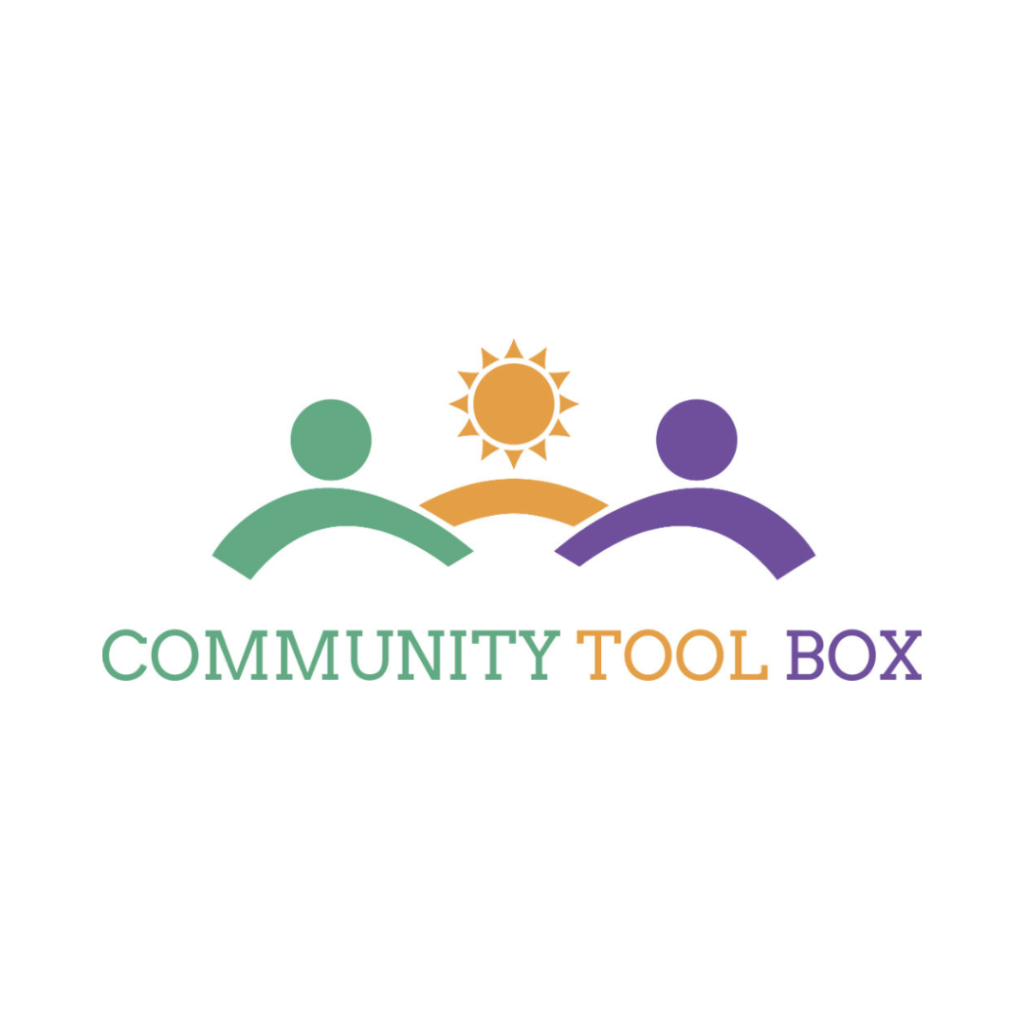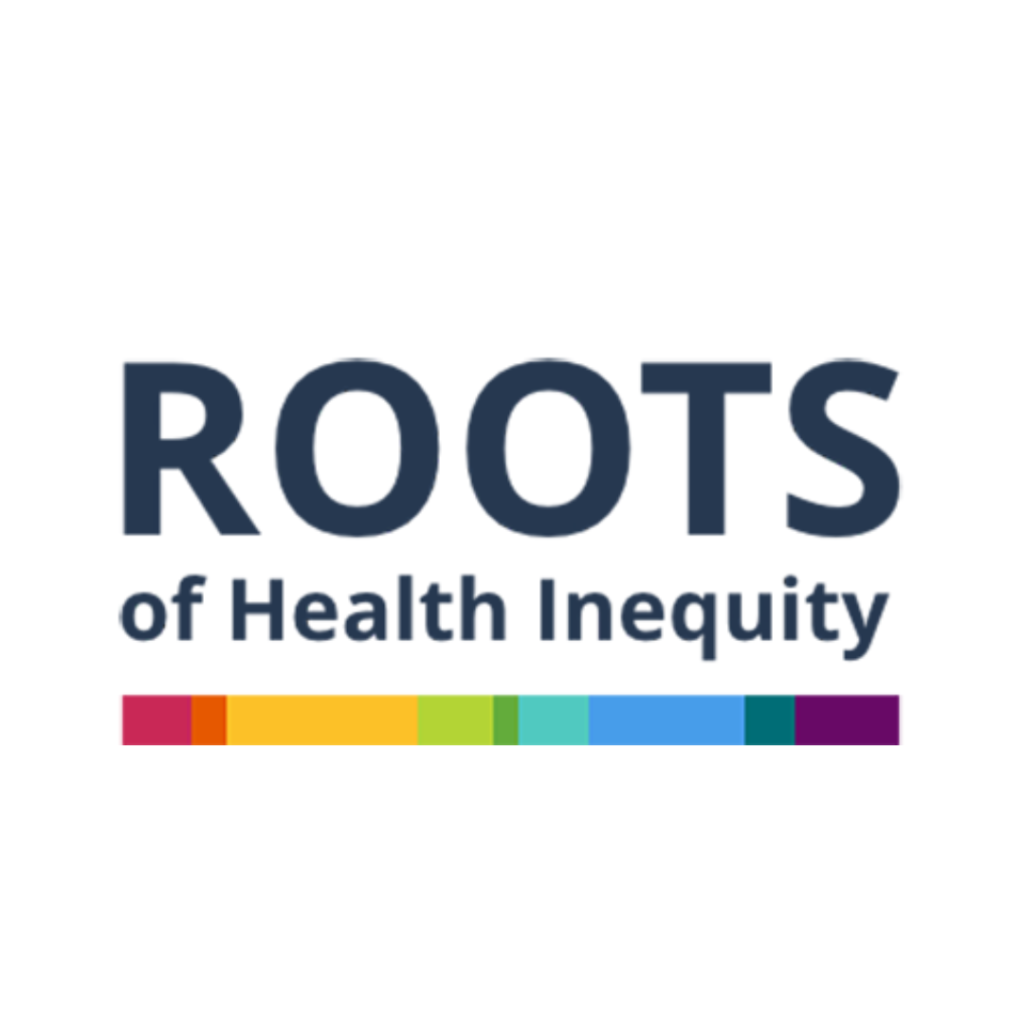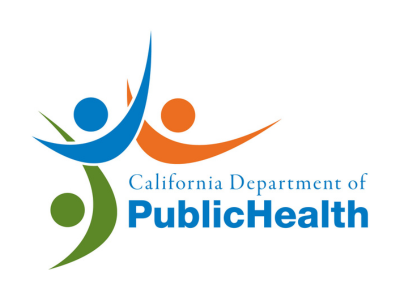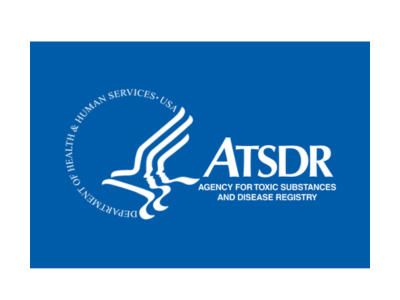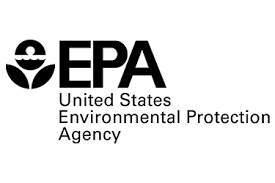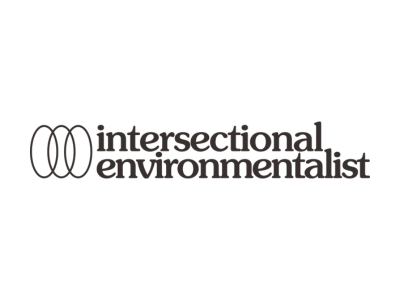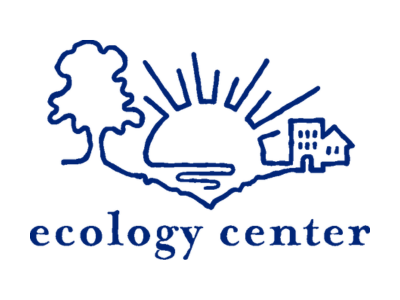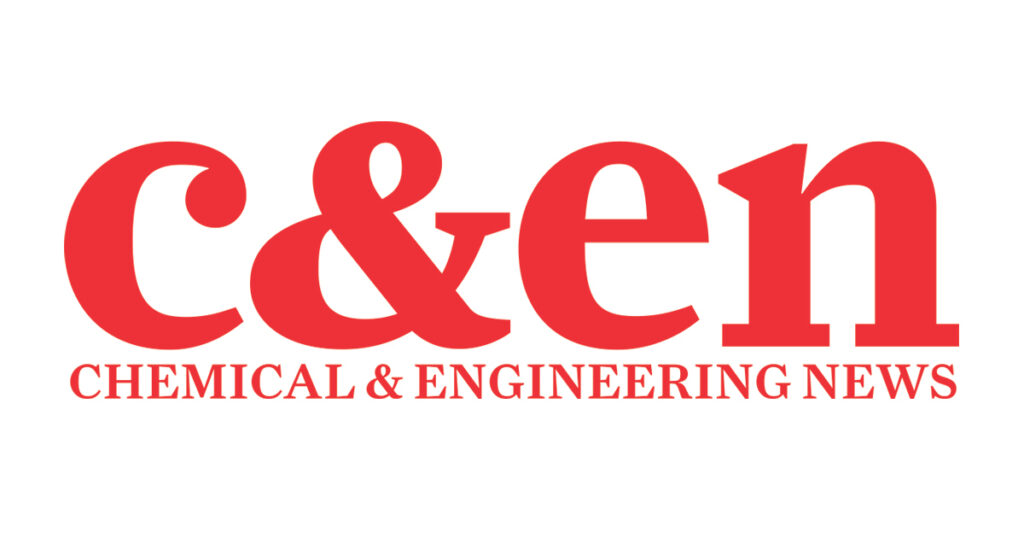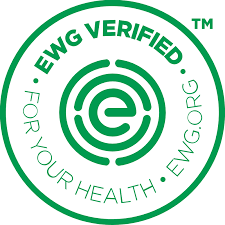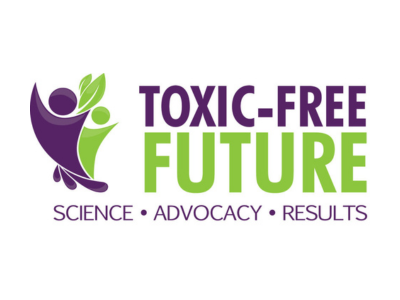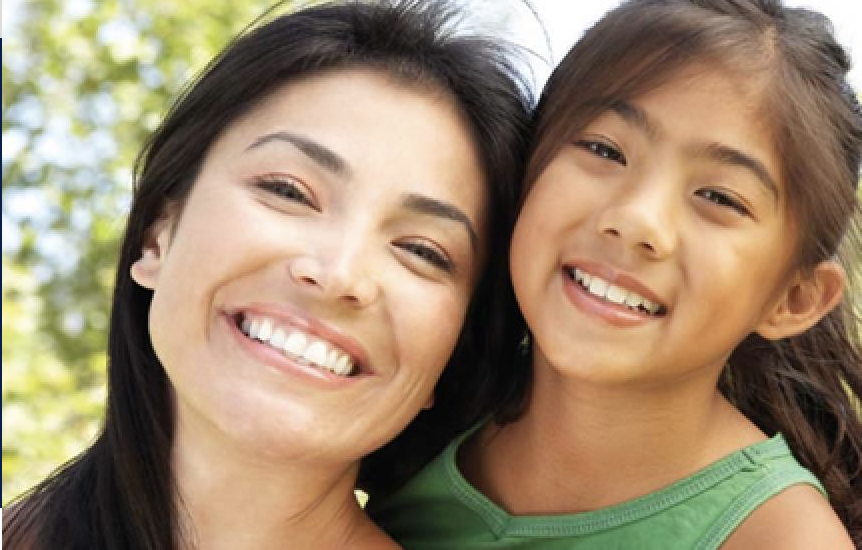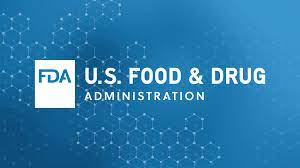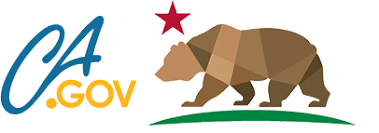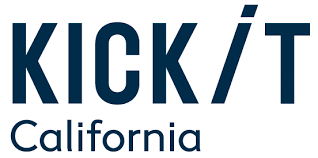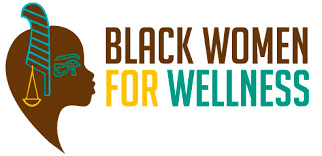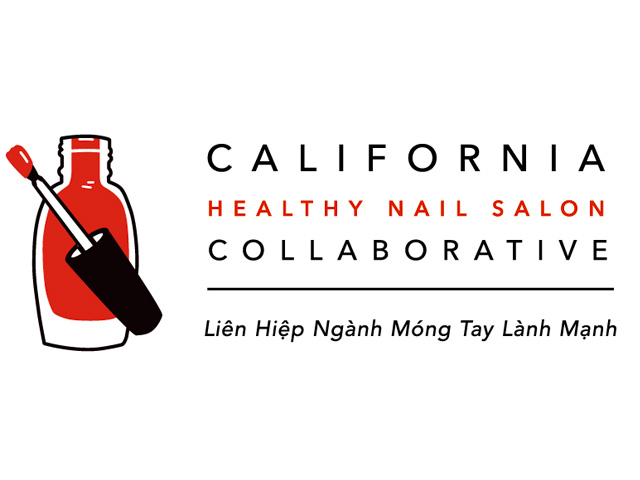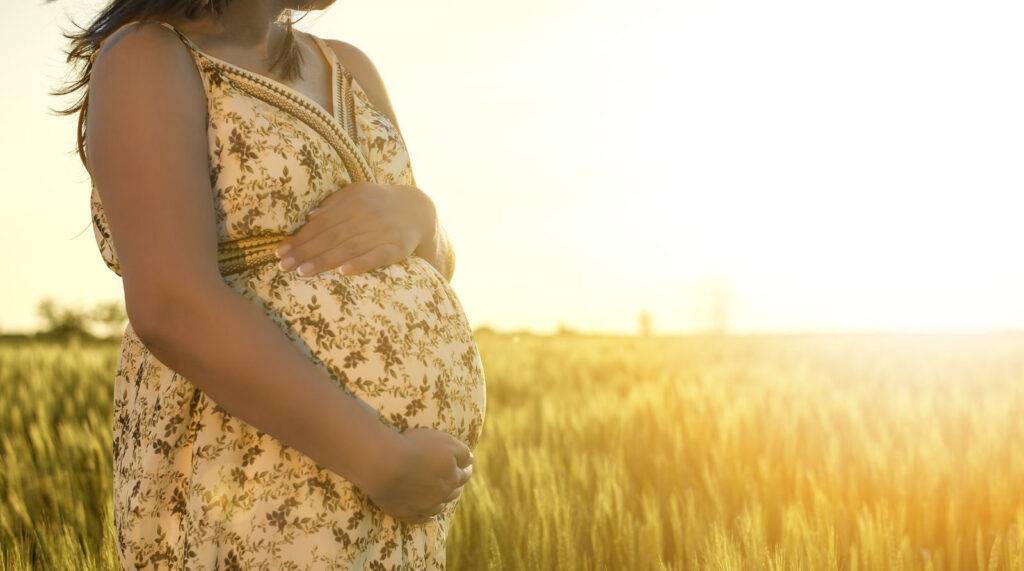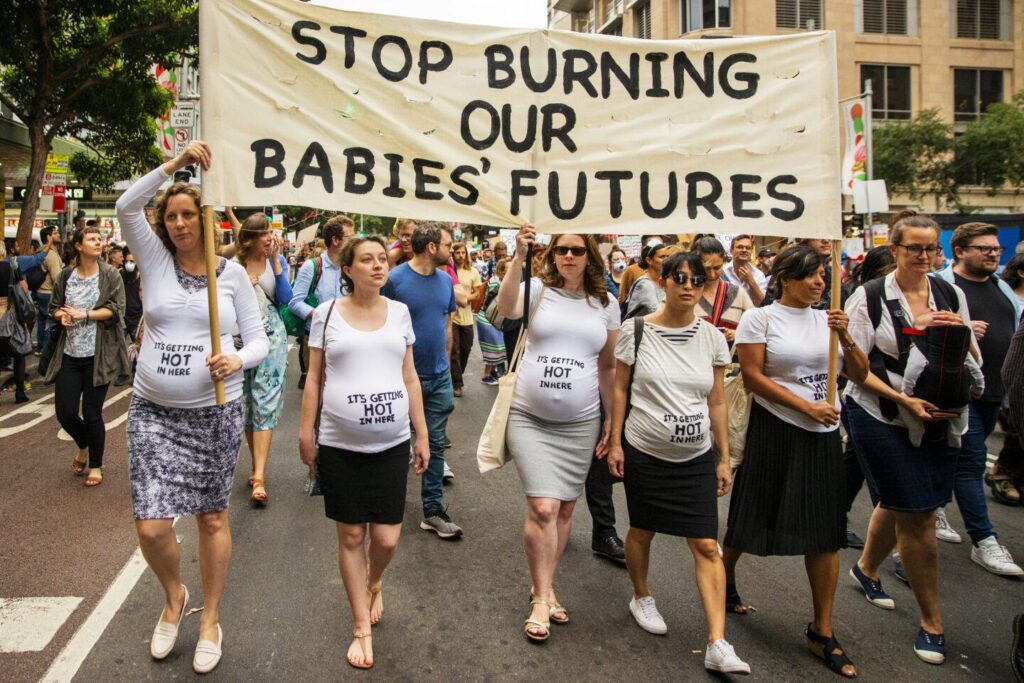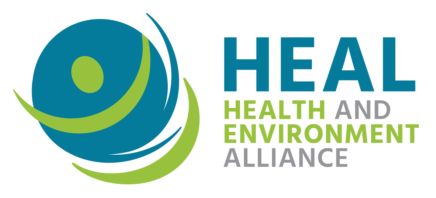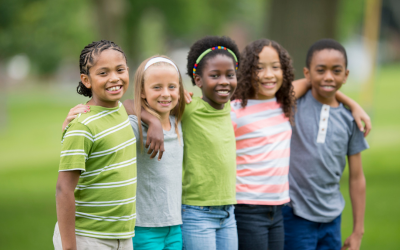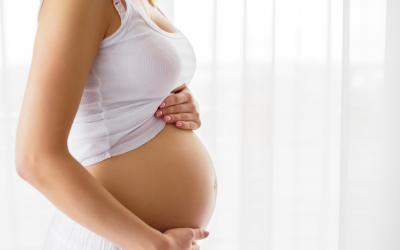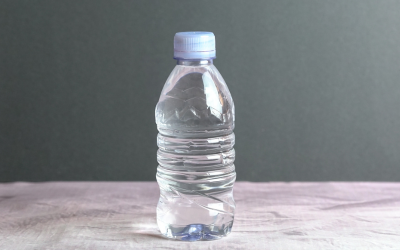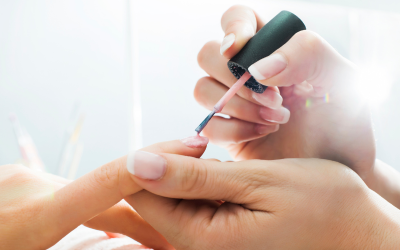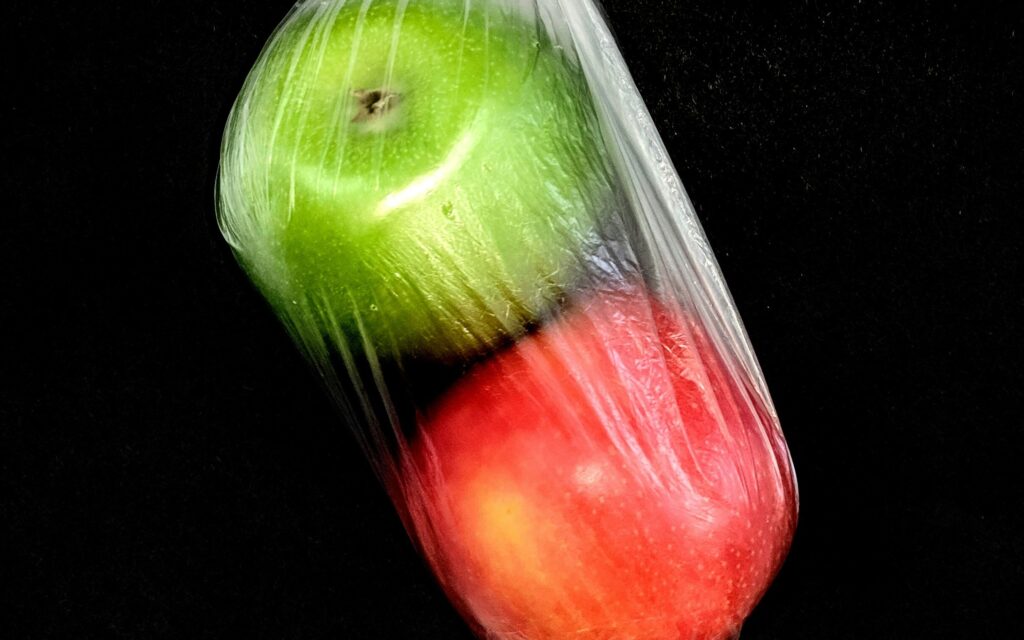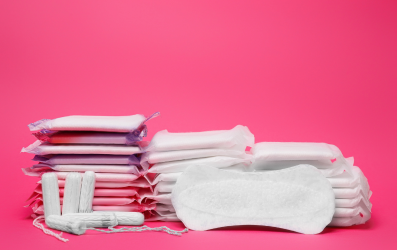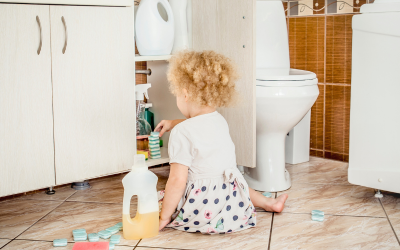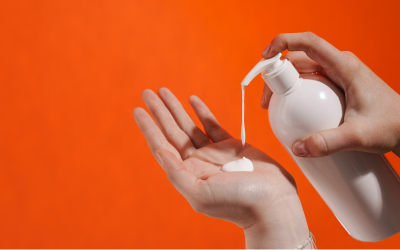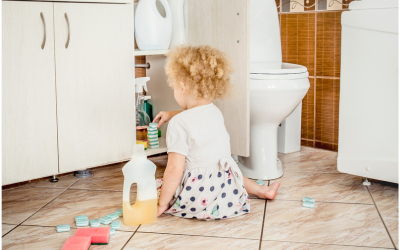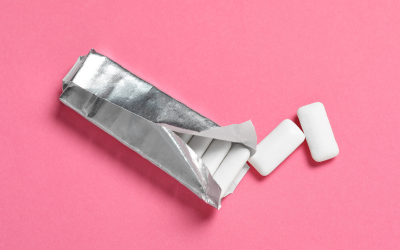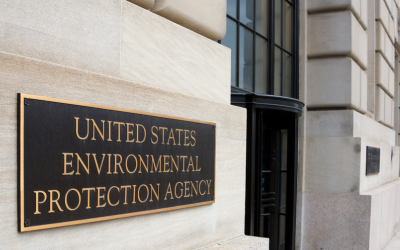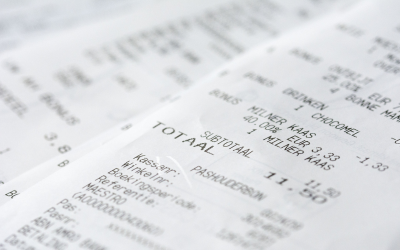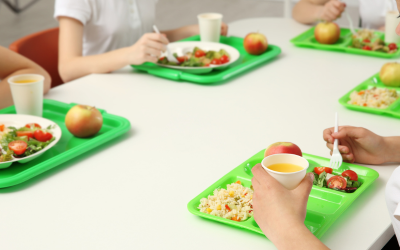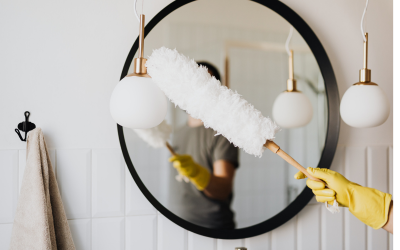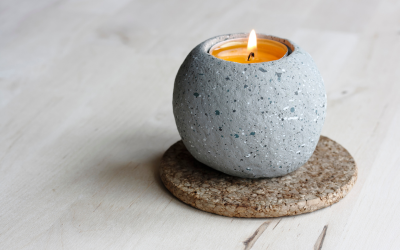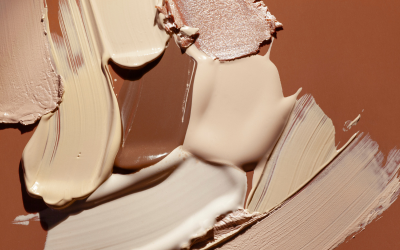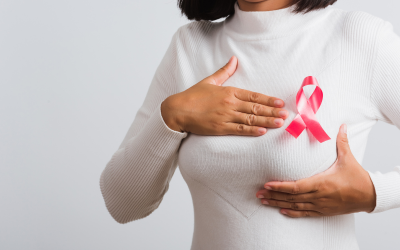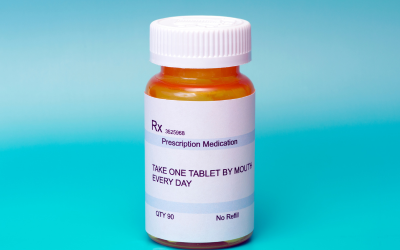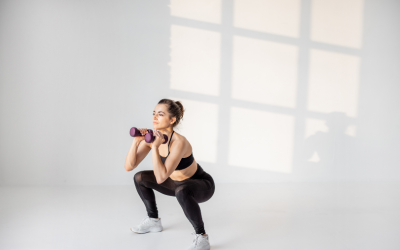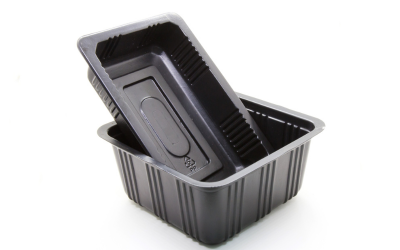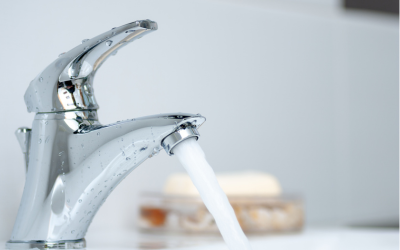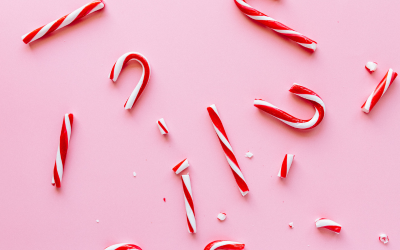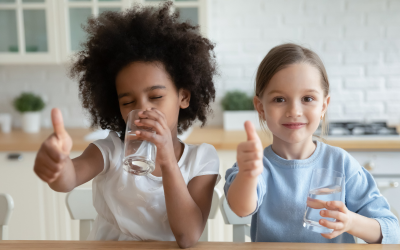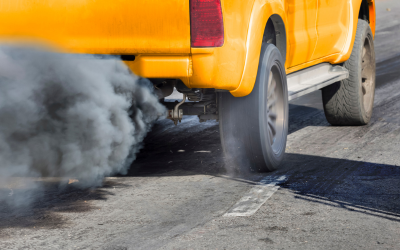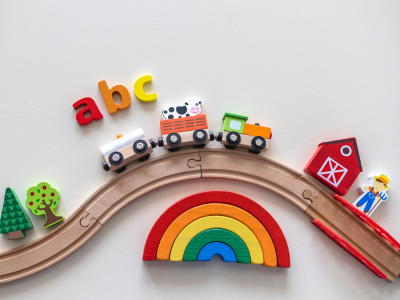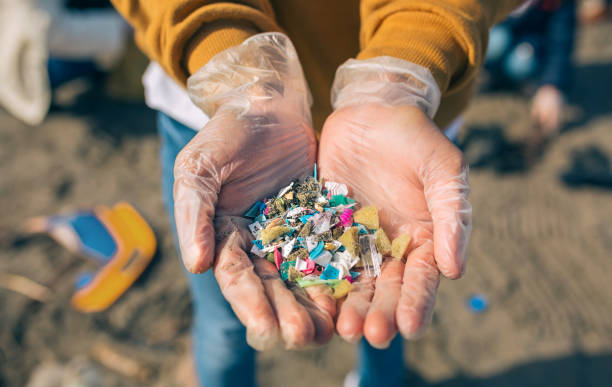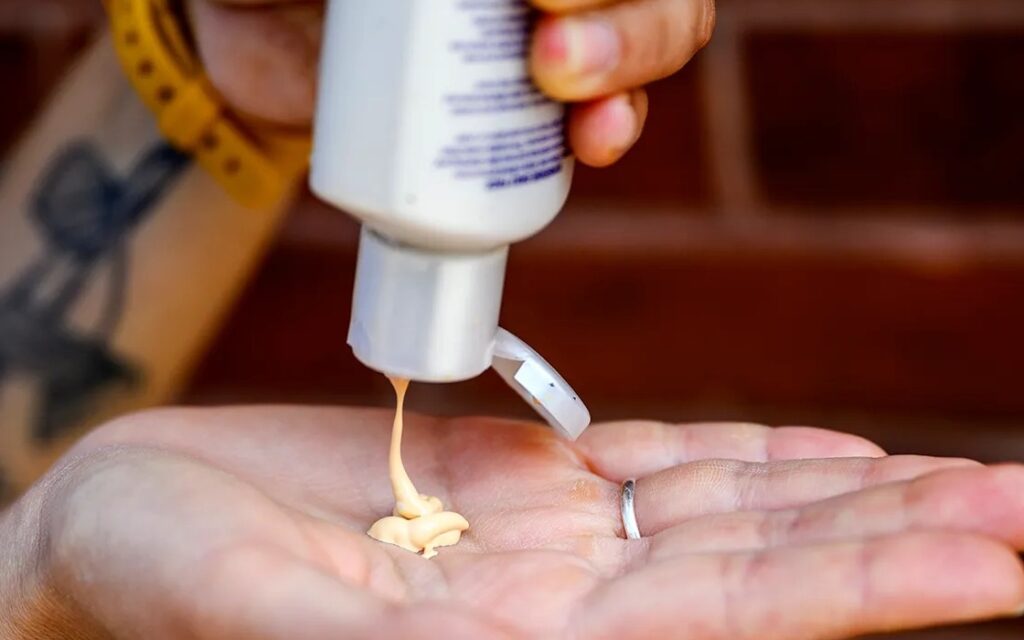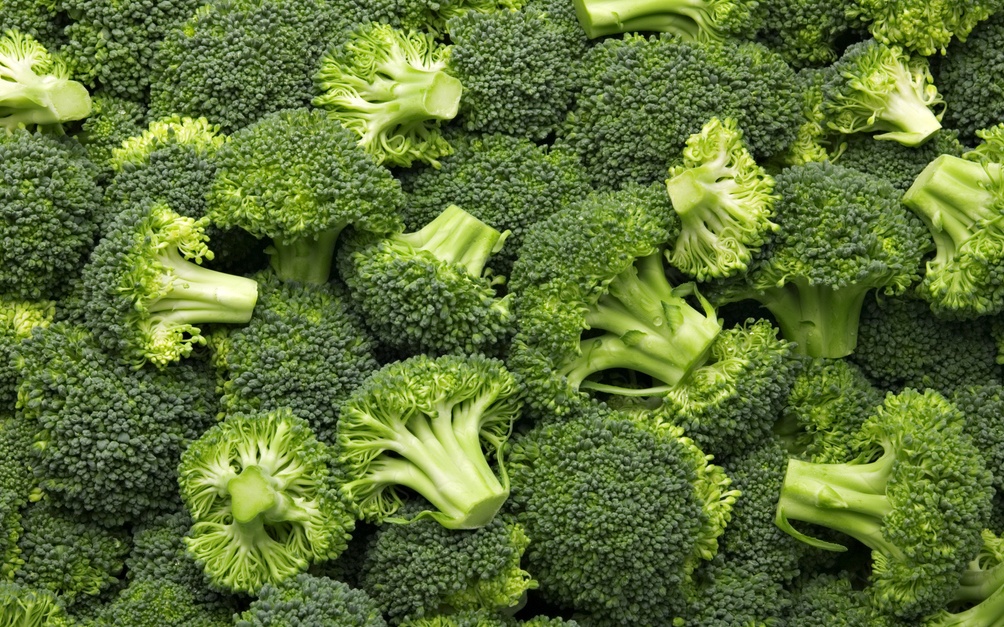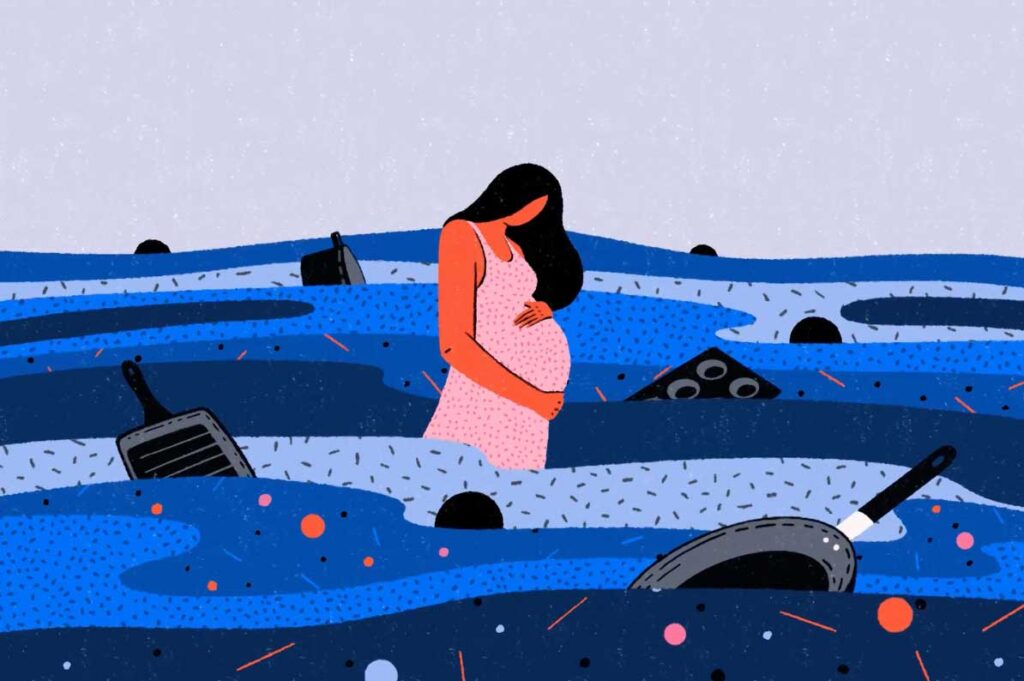What You Need To Know
Welcome to your one-stop for trusted guidance on creating a healthier home. Here, you’ll find actionable and affordable insights from SafetyNEST alongside vetted, evidence-based resources to help you reduce exposure to toxic chemicals commonly found in the home. Explore practical, science-informed tips—and remember that even small steps can make a meaningful difference for you and your family.


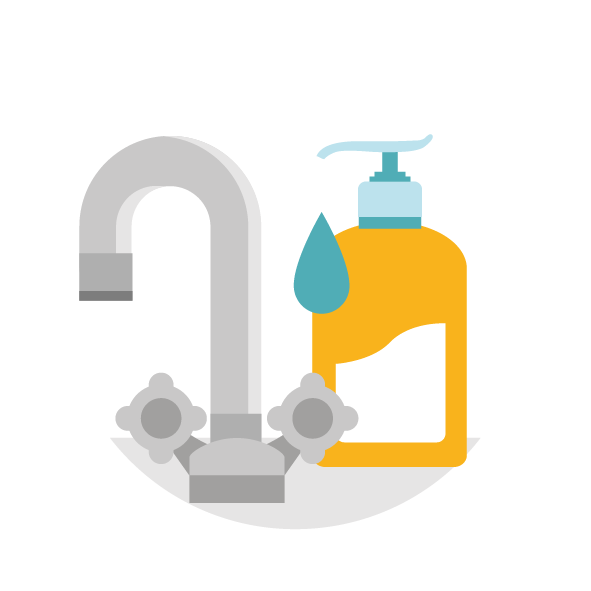
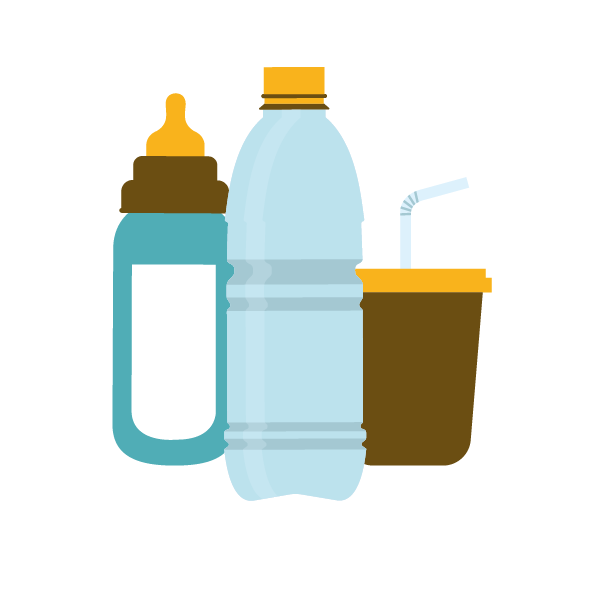
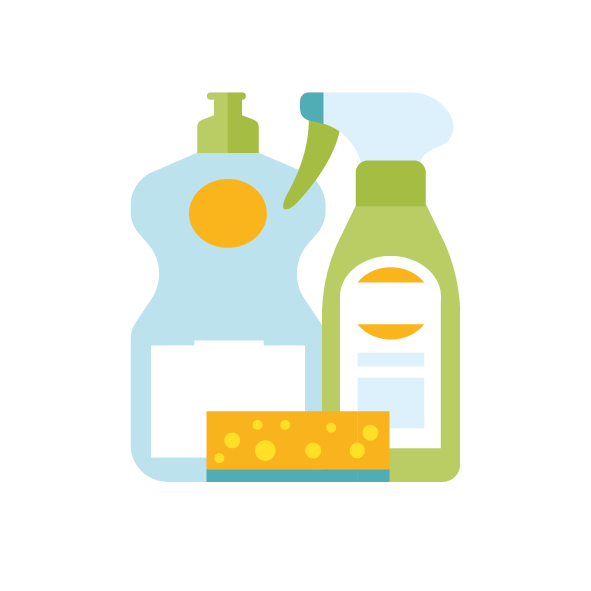
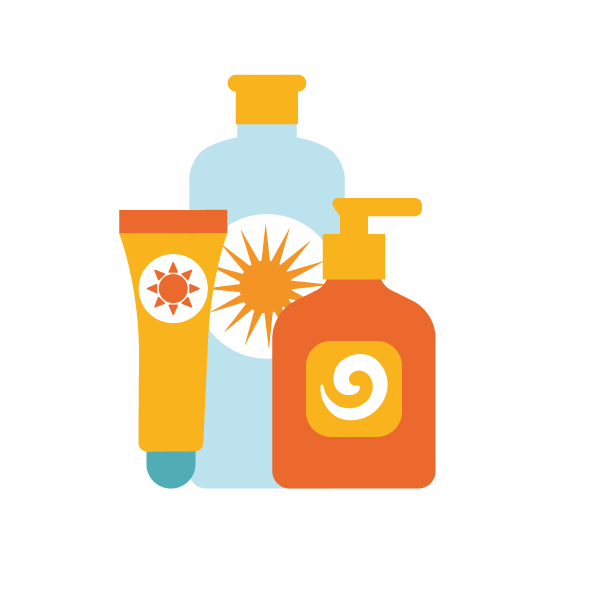
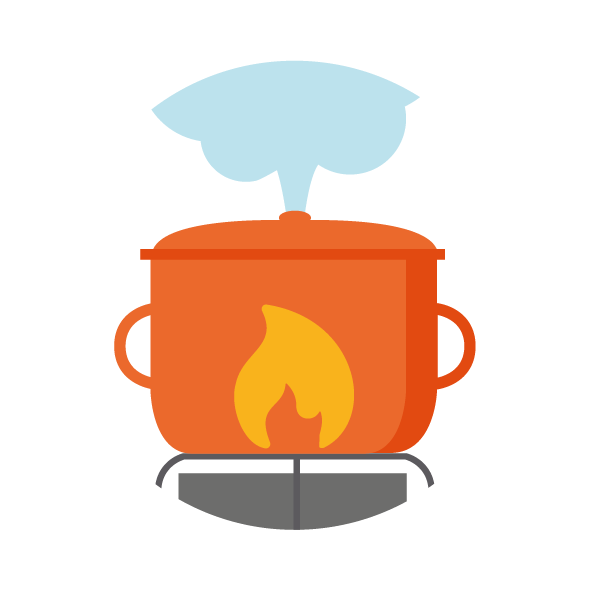
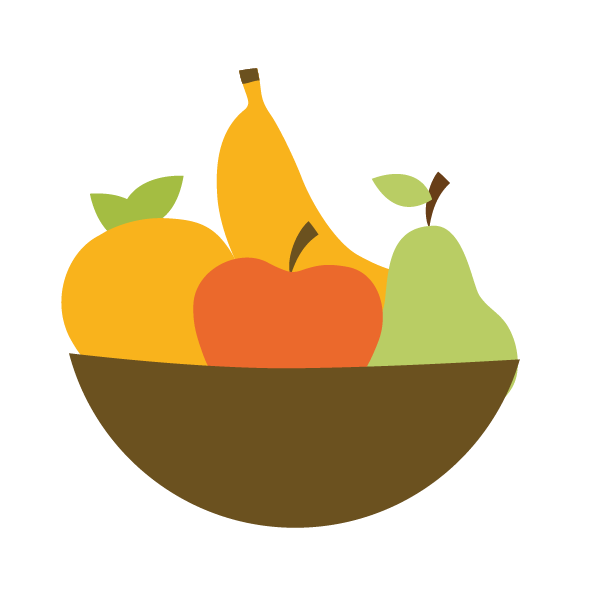
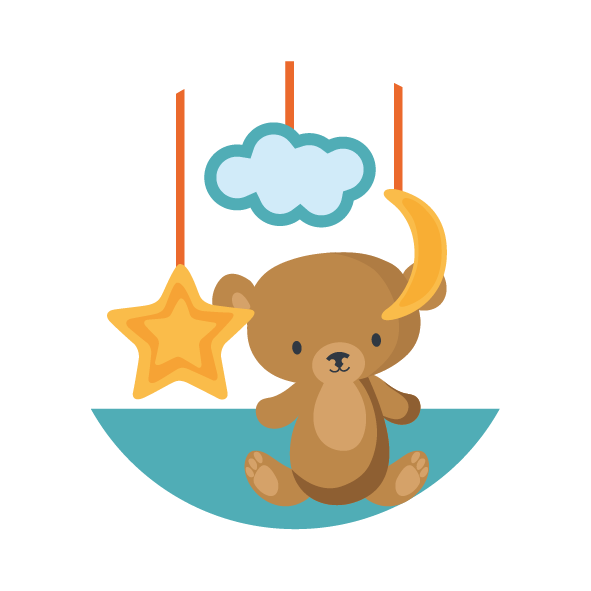
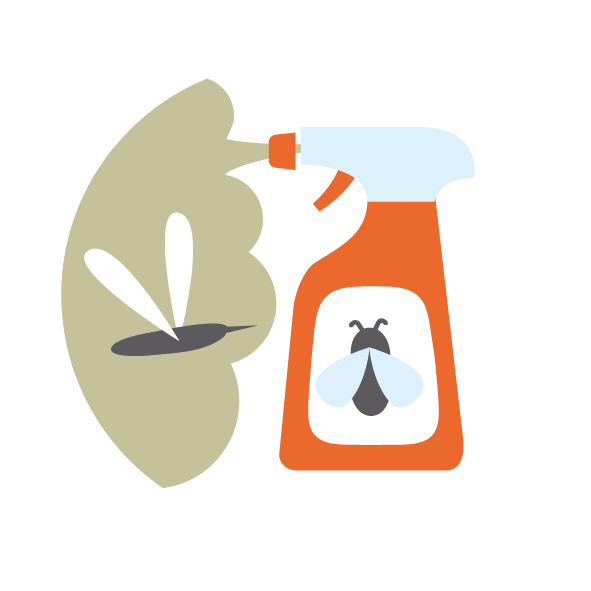
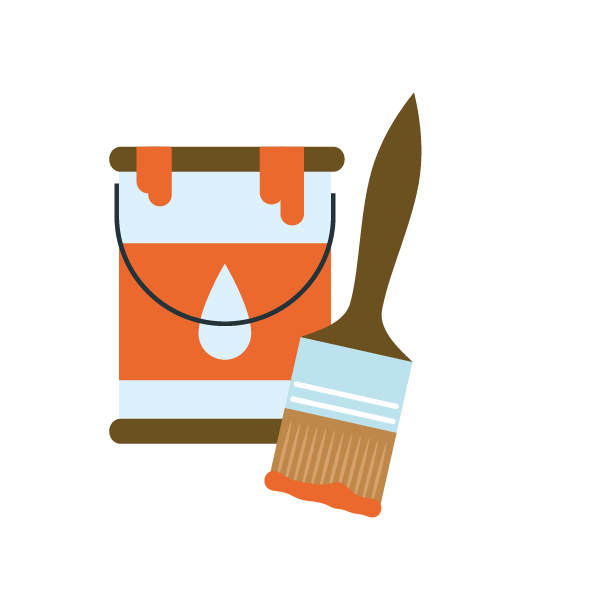

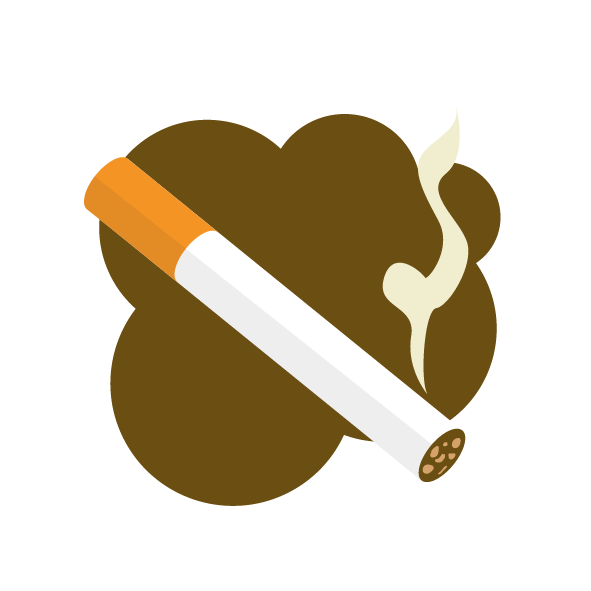
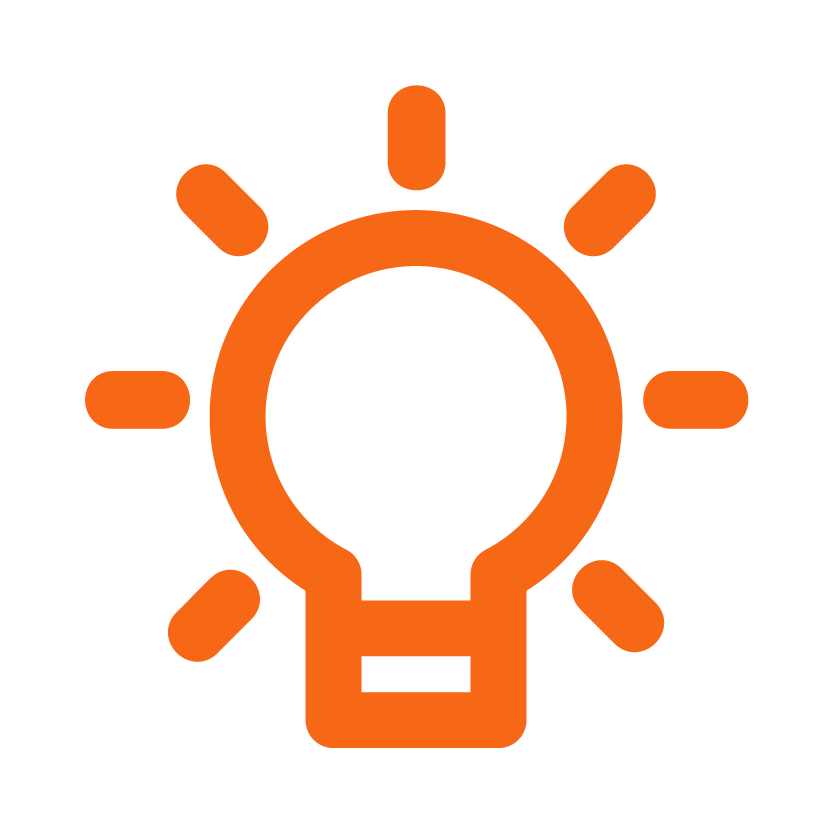
Get Easy Tips
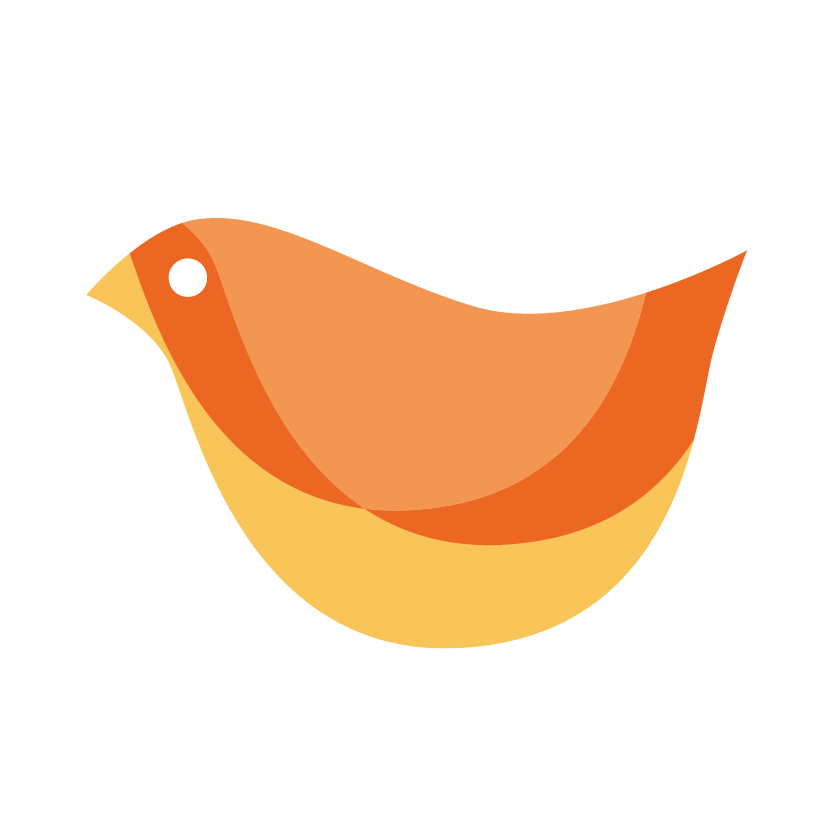
SafetyNest
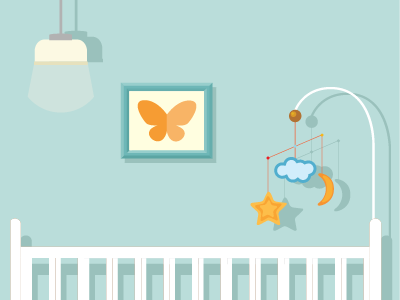
Wall Paint
Planning to paint your walls to freshen up the look of your home? The good news is that paints no longer contain lead. The bad news is newer paints can release other chemicals that may affect your family’s health. Pregnant…

Stroller
Taking your baby for a stroll can have many benefits–fresh air for you both, soothing nap time for your baby , exercise for yourself, and more. Here are some tips to make sure the materials in your baby stroller are…

Diaper Bag
Your diaper bag will never be far from your side during the early years of parenthood. Make sure it’s made of non-toxic materials for you and your baby.

Car Seat
Car seats are a must, but toxic chemicals are not. Here are some tips:

Bouncy Chair
As important as it is to have snuggle time, you can’t always carry your little one–like when you take a shower or cook over the stove. This is when bouncy chairs come in handy.

Baby Carrier
Babies have an innate need to be held and baby carriers help increase that important bonding time with your child, even when you’re busy. Here are some tips to make sure the materials in your baby carrier are as safe…
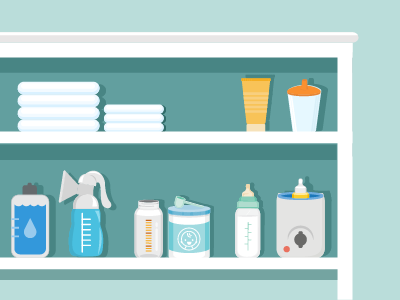
Sippy Cups
When your child is old enough, you might want a lightweight option that won’t break if it falls. There are many non-plastic options for you these days. Here are some tips:

Chair
When you’re breastfeeding or just cuddling with your child, it’s nice to have a comfortable chair. But not all chairs are created equal. Here are some things to consider:

Burp Cloths
Using burp cloths and bibs will definitely save you from having to do laundry so often. Because your baby will no doubt chew on these, make sure you choose the best materials.

Breast Feeding
Breast milk is truly nature’s perfect food for infants. If you are able, breastfeed for at least six months (ideally a year or longer). In our industrialized world, mothers can transfer toxic chemicals in their bodies to their infants through…

Baby Bottles
You want something lightweight that won’t break, right? Certainly, plastic is no longer the answer when it comes to your baby’s feeding bottle or sippy cups:
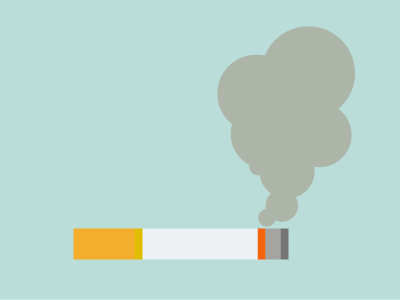
Smoking
Smoking during pregnancy and after birth exposes your child to many harmful chemicals, including nicotine. Nicotine can permanently damage a fetus’s brain and lungs. Smoking can also increase the risk of a preterm birth (before 37 weeks of pregnancy), meaning…
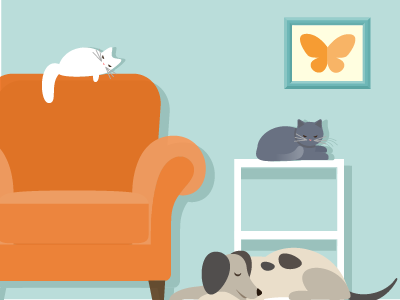
Pets
Though the joys of having pets are unquestionable for many families, studies on whether or not pets benefit young children have shown mixed results. Some research suggests pets may trigger allergies in children, while other science shows pets may decrease…
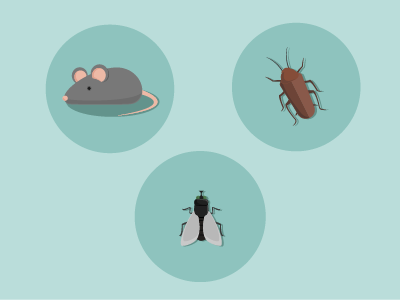
Pests
Pesticides are toxic chemicals for killing insects and rodents but they can also harm your health. Keep insects and rodents out of your home. Clean up crumbs and spills. Store food in tightly closed containers. Seal cracks around doors, window…
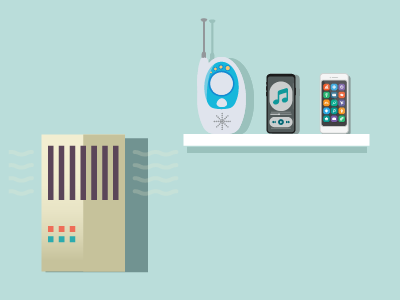
Music Player
Having your child listen to music has so many important benefits, including improved thinking, coordination, and bonding. But there are a few precautions you should take to make sure what you’re playing doesn’t become a form of noise pollution–possibly over-stimulating…

Cell Phones and WiFi
Cell phones have become integral to our lives. Having all that information at our fingertips and being able to quickly communicate is fantastic. But cell phones emit radiofrequency (RF) electromagnetic fields. Babies are more likely to be harmed by radiation…

Baby Monitor
Having a baby monitor seems like the perfect solution to make sure your baby is safe when you can’t be in the same room. Unfortunately, wireless baby monitors emit radiofrequency (RF) electromagnetic fields, just like cell phones. Babies are more…

Air Purifiers
Indoor air quality seems like it should be the least of your worries, right? But in fact, indoor air is frequently even more polluted than outdoor air. Lots of contaminants may be lurking in the air at home that aren’t…

Towels
What could possibly be wrong with your bath towels? Unfortunately, materials used to make towels can be full of toxic chemicals. Here’s what to look out for:

Diapers
Who knew that “the diaper question” could be so complex, depending on your needs and priorities? Given that your baby will be wearing them pretty much 24/7, here are a few guidelines:

Diaper Rash Cream
Some diaper rash creams and baby lotions contain harmful chemicals you don’t want on your baby’s skin. Here are some tips to make sure what you use is both soothing and safe:

Diaper Pail
Stinky diapers are bad enough, but using a diaper pail made of harmful chemicals just adds to a toxic mix. Here’s what to consider:

Changing Pads and Cushions
Changing pads, cushions or mats—whether you’re at home or away—will never be far from your side during the early years of parenthood. Given how often you’ll use them, make sure they’re made of safe, non-toxic materials for you and your…

Baby Wipes
Baby wipes are incredibly convenient, making changing your child’s diapers or wiping off their sticky hands that much easier. Unfortunately, many contain harmful ingredients that you wouldn’t want on your own skin, much less on your baby’s. Here are some…
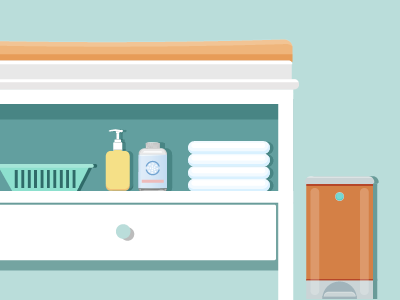
Baby Powder
Talcum powder is made from natural soapstone and is widely used in all kinds of cosmetic products to absorb moisture and cut down on friction. But it’s not as soothing and safe as you might think. Here’s why:

Baby Lotions
In almost any store, you’ll find shelves and shelves of baby lotions. But which ones are truly safe to use, particularly on your newborn or child? Here are some tips:
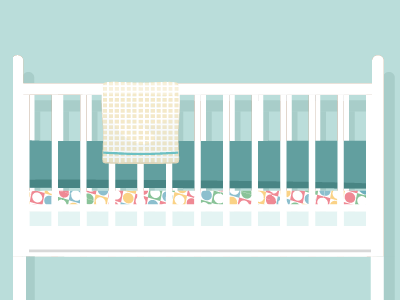
Swaddles and Blankets
Keeping your baby bundled and warm matters to every parent. Just make sure what is soft and cozy for your child is also free of harmful chemicals. Here’s what to consider:

Sheets and Bumpers
All babies need lots of sleep, so make sure the sheets and bumpers in your child’s crib are as healthy as can be. Here’s what to consider:
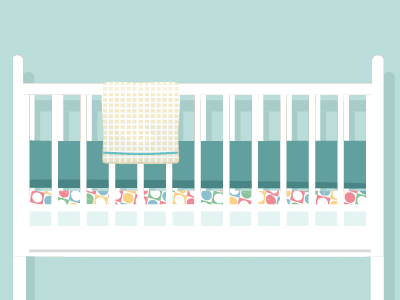
Cribs and Bassinets
With so many things to think about in terms of safety in the nursery, do you really need to second guess furniture? In a word, yes. Here’s what to look for to keep your baby safe in the crib too.
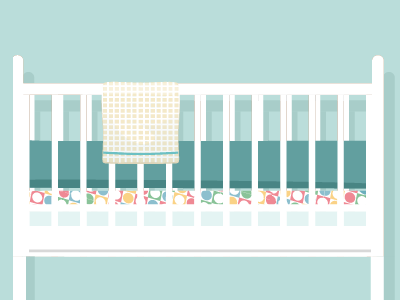
Crib Mattress and Pads
A baby may spend 10-14 hours a day on a crib or bassinet mattress, so it’s critical the mattress is free from harmful chemicals your child might inhale or absorb. Here are tips some to make sure your baby sleeps…
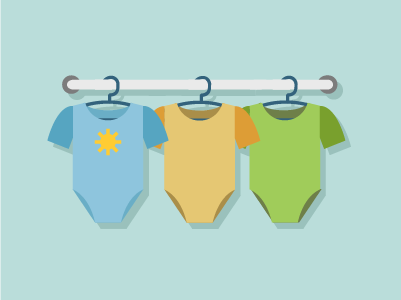
Baby Clothes
Those adorable, colorful baby clothes you’re given or buy can in fact be wolves in sheep’s clothing–meaning they may look great but contain harmful chemicals that don’t belong on your baby. Here are some tips:
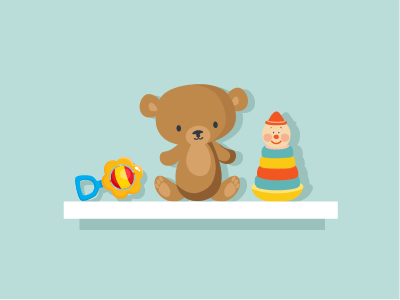
Wood Toys
Wood toys are a great way to go and there are many lovely options on the market. Just make sure they are safe as well as cute and fun.

Plush Toys
Toys should be fun, not fraught. Unfortunately, many are made with materials you wouldn’t want your child touching, much less putting in their mouths. Here are some considerations to ensure playtime is safe too:
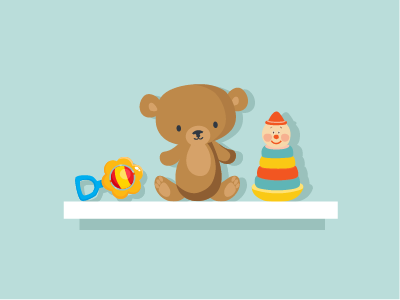
Plastic Toys
Toys must be safe. However, many are made with plastic that you wouldn’t want your child putting in their mouths. These tips can ensure playtime is safe, and fun:
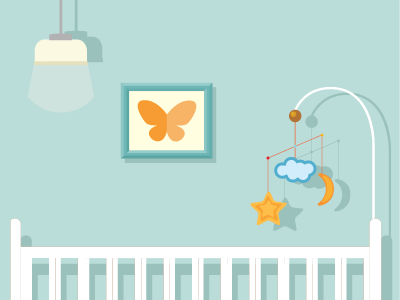
Window Covering
Most of us use window coverings for privacy and decoration. They hardly seem like a possible health threat. But here are some things to consider:

Mobiles
Mobiles can add a playful and developmentally positive element for babies – either over the crib or diaper changing location. While not a necessity, if you decide to add a mobile to your nursery area, make sure it is completely…
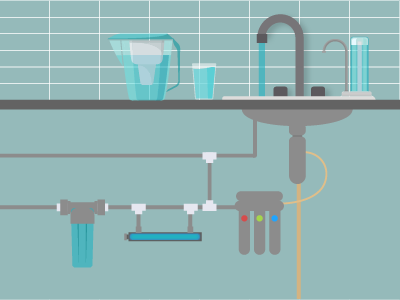
Water
Most of the time, your tap water is safe to drink. But it’s a good time before or during pregnancy to know where your water comes from and if it’s regularly tested. To make sure you and your family have the…
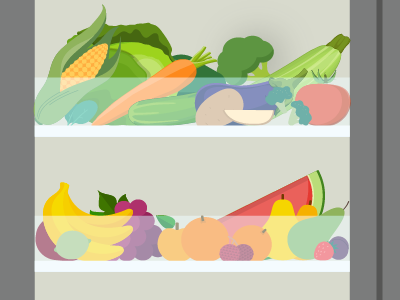
Fruits and Vegetables
Being mindful about the fruits and vegetables you eat is important so you can confidently enjoy this essential part of your diet without any potentially unhealthy exposures.
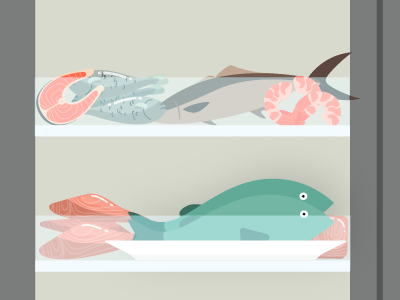
Fish
Fish is a great source of nutrients including protein, vitamins, and minerals, which are important for a healthy pregnancy. However, some fish contain mercury, which can be harmful to a developing baby's brain and nervous system. To stay safe while…
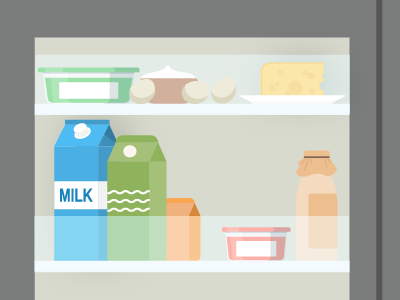
Dairy and Eggs
Here are some quick tips to help you get the important nutrients you deserve without the unwanted chemicals in your dairy and animal fat!
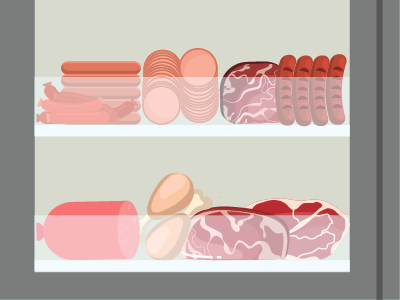
Meat
Thinking about the meat you eat is a smart move, especially when you’re planning for pregnancy or are pregnant.
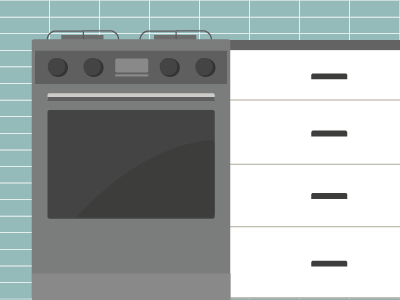
Gas stoves
Gas stoves are a common and popular kitchen appliance used for cooking. Here’s what you need to know to cook up great meals safely!
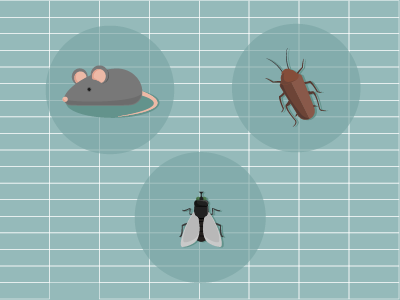
Pests
Keeping your home pest-free is important, but it’s even more important to avoid chemicals that could affect you and your baby’s health! Here are some tips to help you make safe and informed choices about pest control.
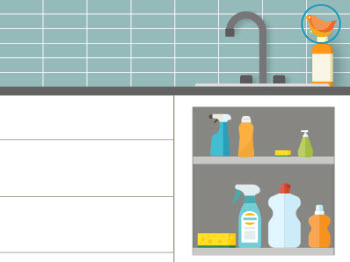
Kitchen Cleaning Products
“Clean” does not always mean “healthy.”Many cleaning products may leave your sink, counter top or an appliance spotless, but contain toxic chemicals that aren’t healthy for you or your family. Follow these tips to ensure your kitchen is clean AND…
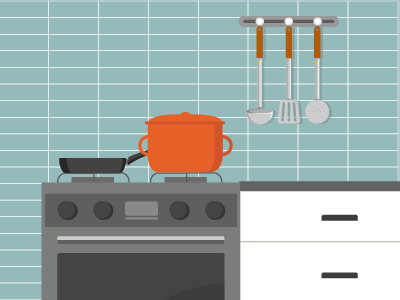
Cookware
When you’re trying a new recipe or cooking up a storm, be mindful of the cookware you’re using. Some types of cookware can have sneaky types of chemicals that you don’t want invited to your meal!
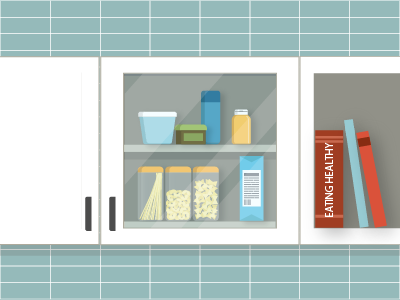
Food Storage
Proper food storage is essential to keep your food tasty and fresh without any unwanted chemicals Here are some tips to help maintain a healthy and safe diet for your loved ones!
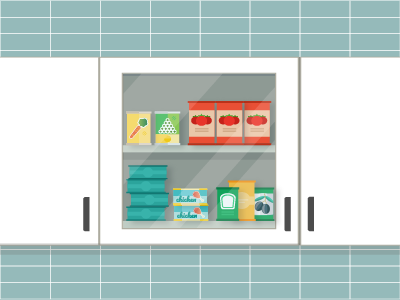
Canned Food and Canned Beverages
Canned food and beverages can be convenient, quick and easy options, but there are some things to consider, especially if you’re pregnant.
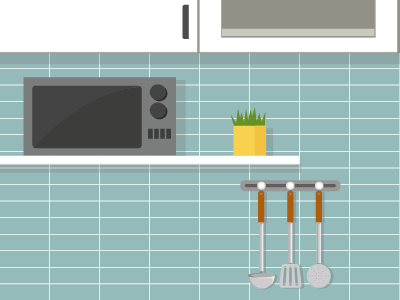
Microwave
Microwaving food can be a convenient and time-saving way to prepare meals for you and your family. With the right precautions, it is also a safe cooking method. The main thing to keep in mind is the type of containers…
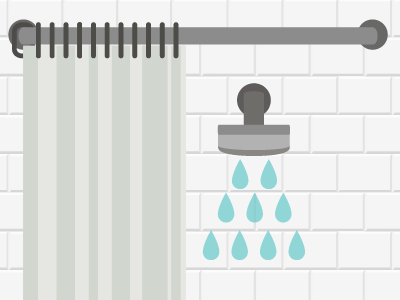
Shower and Bath Water
Where you get your water can determine what kinds of chemicals may be in it. To make sure you and your family have the best possible water, check out our tips and consider having your water tested!
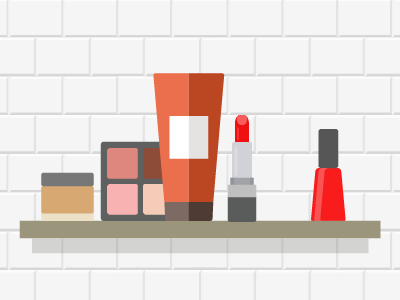
Lipstick and Lip balm
Lipstick and lip balm can provide a quick pick-me-up if you enjoy wearing makeup. Since you can’t avoid swallowing some of what you put on our lips—and you don’t want to kiss your baby and leave a residue of harmful ingredients on baby’s skin—here are some…
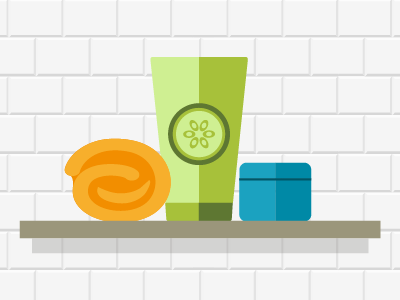
Cleansers, Lotions, and Masks
Having a child is both thrilling and at times, exhausting. When you’re running on little sleep and pulled in many directions, sometimes taking a few minutes to pamper your face can give you the emotional lift you need. Just make…
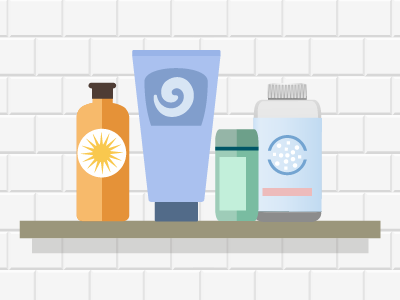
Talcum Powder
Talcum powder is made from natural soapstone and is widely used in all kinds of cosmetic products to absorb moisture and cut down on friction. But it’s not as soothing and safe as you might think. Here’s why:
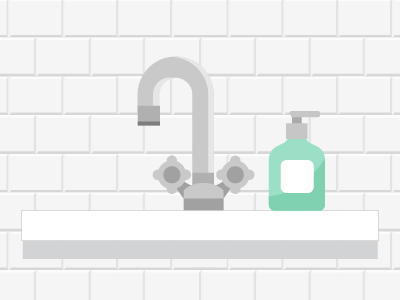
Soaps and Hand Sanitizers
Washing hands frequently with regular soap and water is always best to keep everyone in your family healthy. Unfortunately, many soaps and hand sanitizers have added ingredients that can do more harm than good. Here are some tips.
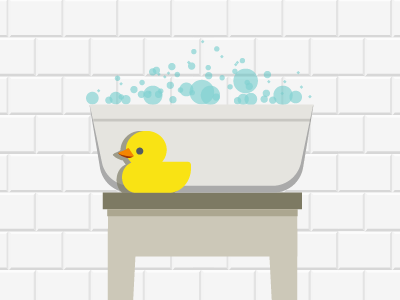
Baby Bath Chair
When you go to rub-a-dub-dub your baby and want to use a bath chair, make sure it’s toxic free and safe for your child.
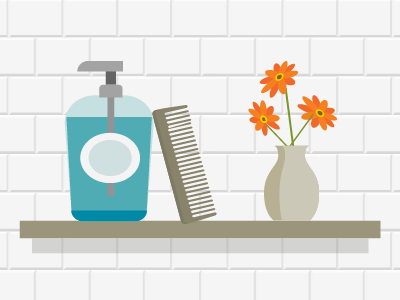
Hair Straightener
Hair straighteners, also called relaxers, use high-pH solutions to stretch and rearrange the protein structure of hair.

Styling Products
Hair styling products serve different purposes, from helping repair hair to keeping a style in place.
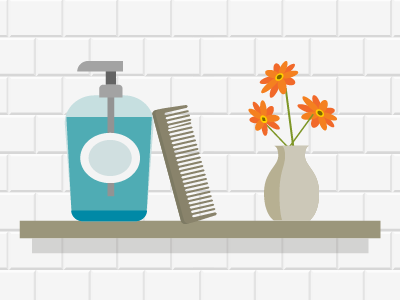
Shampoo | Conditioner
Shampoos work by washing away oils and dirt on hair, while conditioners are used to restore smoothness and increase manageability. Here are some tips to have a good hair day, safely!

Body Hair Removal
Chemical hair removal products dissolve the protein structures that make up hair, and wax-based products physically pull hair out of the skin by the roots.
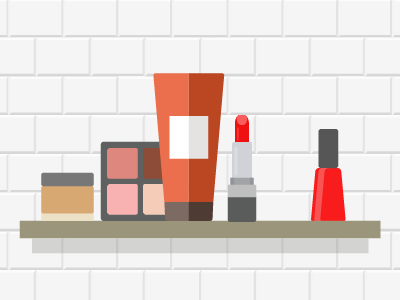
Nail Salons
Having your nails done can feel like a few moments of luxury in the whirlwind of life. Do your best to make sure you minimize your exposure to the unhealthy chemicals often found in nail products and at salons. Fortunately, there…
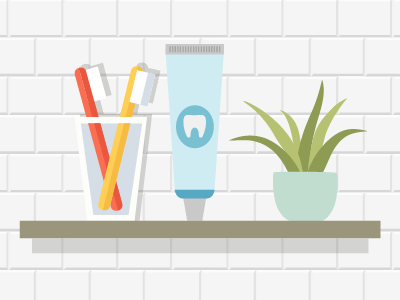
Toothpaste
Everyone wants a healthy smile, so do your best to avoid the unnecessary and unhealthy ingredients that can be found in some toothpastes. There are safe alternatives available online and in stores.
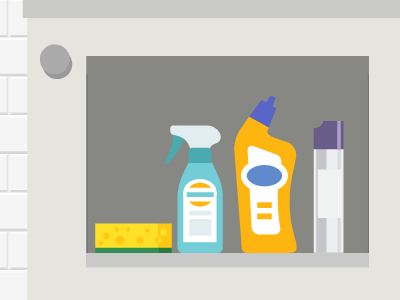
Mold Removal
Those blue-green splotches around your tub or sink? They probably aren’t your children’s latest art project, but rather, mold spores. Here are some tips for how to keep your home mold-free.

Bathroom Cleaning Products
All those synthetic cleaners can be as hard on your pocketbook as your health. Just vinegar and baking soda will often do the trick! Dish soap and hot water can also be effective, especially if you use microfiber cloths and…

Deodorant
You shouldn’t have to use nasty chemicals to prevent stinky armpits. Be odor-free and toxic-free with these tips:

Body Lotion
In almost any store you’ll find shelves and shelves of body lotion. But which ones are truly safe to use, particularly on your newborn or child? Here are some tips:

Sunscreen
A little bit of sun can be healthy, but skin cancer (melanoma) is on the rise. Protecting you and your family from harmful UV rays is essential, but putting harmful chemicals on your skin – and your child’s -- is…
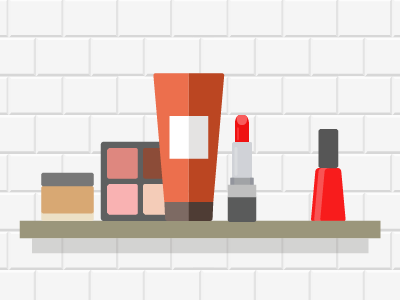
Nail Polish Remover
Taking off your nail polish is part of the routine of having polished nails. Read labels carefully and look for less toxic alternatives.

Perfume
Putting on a little perfume can help boost your spirits when you’re busy and tired, but perfumes often contain toxic ingredients, many of which are not disclosed. Exposure to some of these chemicals may be particularly harmful to pregnant people…

Makeup Remover
Having a child is both thrilling and at times, exhausting. When you’re running on little sleep and pulled in many directions, sometimes taking a few minutes to pamper your face can give you the emotional lift you need. We're here…

Air Fresheners
Most air fresheners are hardly fresh. Instead, they contain a lot of synthetic chemicals that can actually harm your health, rather than clean the air.
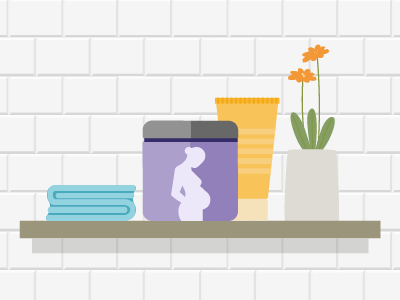
Stretch Mark Cream
Stretch mark creams and belly balms should be soothing and safe. Here are some tips to ease skin tension and avoid over-stretching or scarring before and after giving birth:

Nipple Cream
Breastfeeding can be one of the most beautiful ways to bond with your baby. But if your nipples are sore or cracked, it can become a painful chore. These tips can help you keep enjoying these precious moments with your baby.

Teeth Whitening Strips
Keep your smile healthy and bright with these simple tips.

Makeup
No one wants to put toxic chemicals on their face or body, but most cosmetics contain harmful ingredients that can affect your health. Here are some considerations when buying skin care products and make-up:
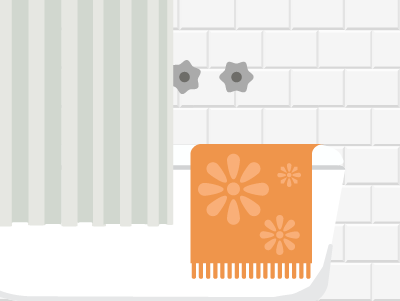
Towels
What could possibly be wrong with your bath towels? Unfortunately, materials used to make towels can be full of toxic chemicals. Here’s what to look out for:

Shower Curtain
Shower liners come in many different materials and some can be unsafe to you and your family. Here’s how to keep water in your shower and toxic chemicals out.

Bath Mat
Bath mats are useful to make sure you or your children don’t slip and fall while in the tub. Unfortunately, many bath mats have chemicals in them that may be harmful to you and your family. Here are some tips…
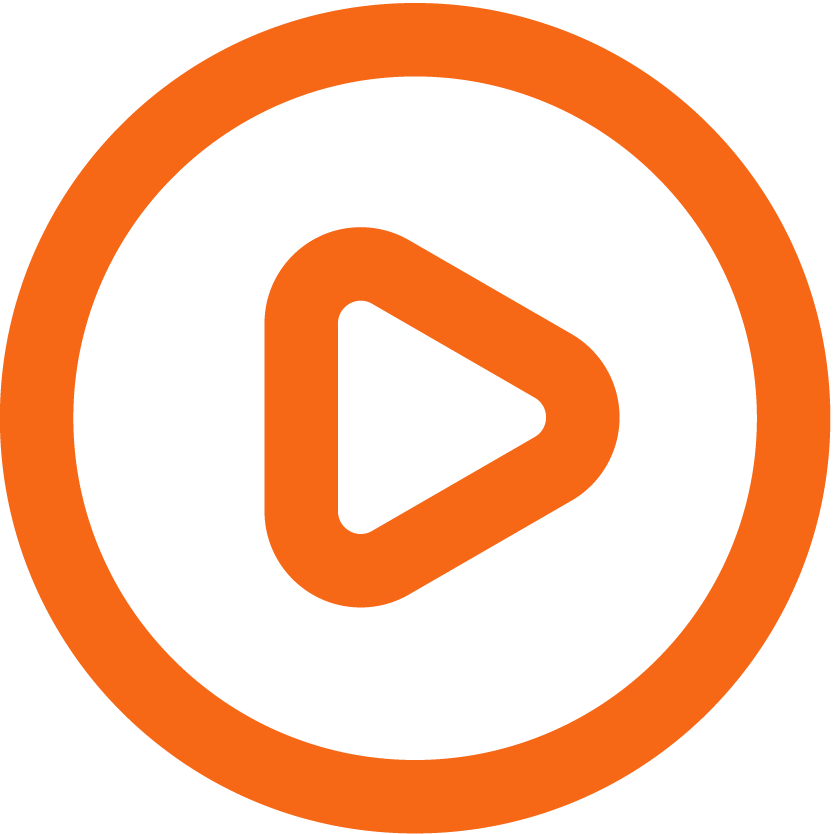
Watch Videos
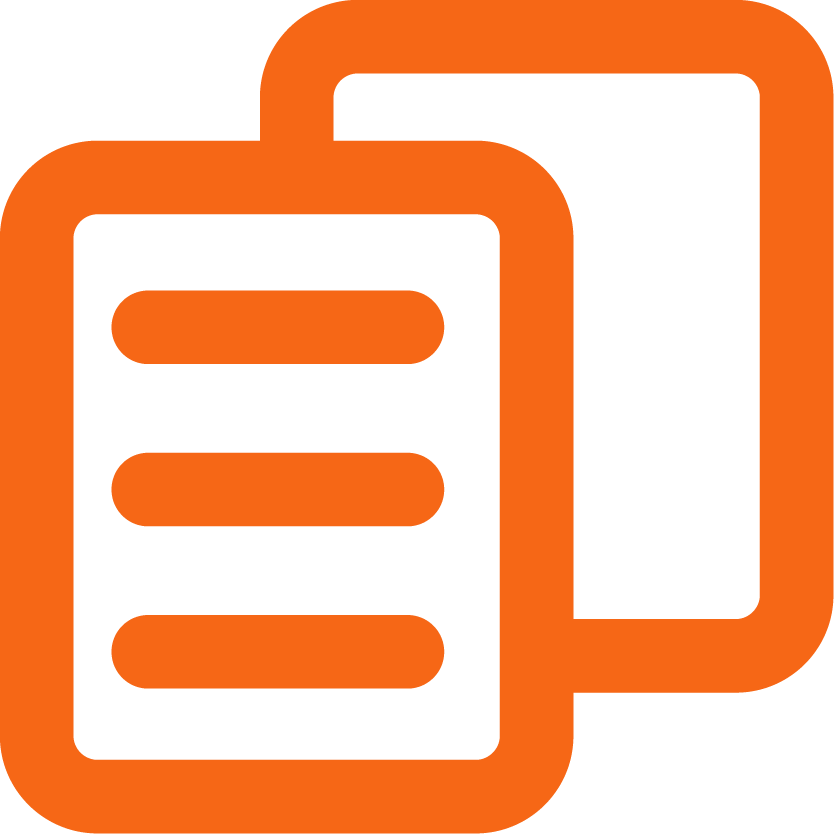
Read Articles

Scan Websites
